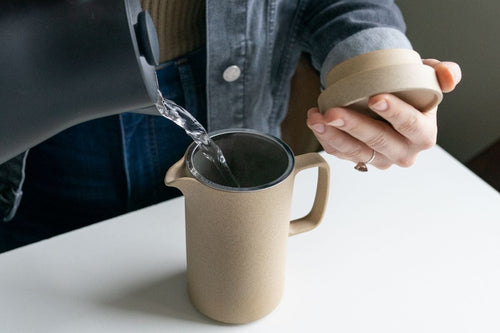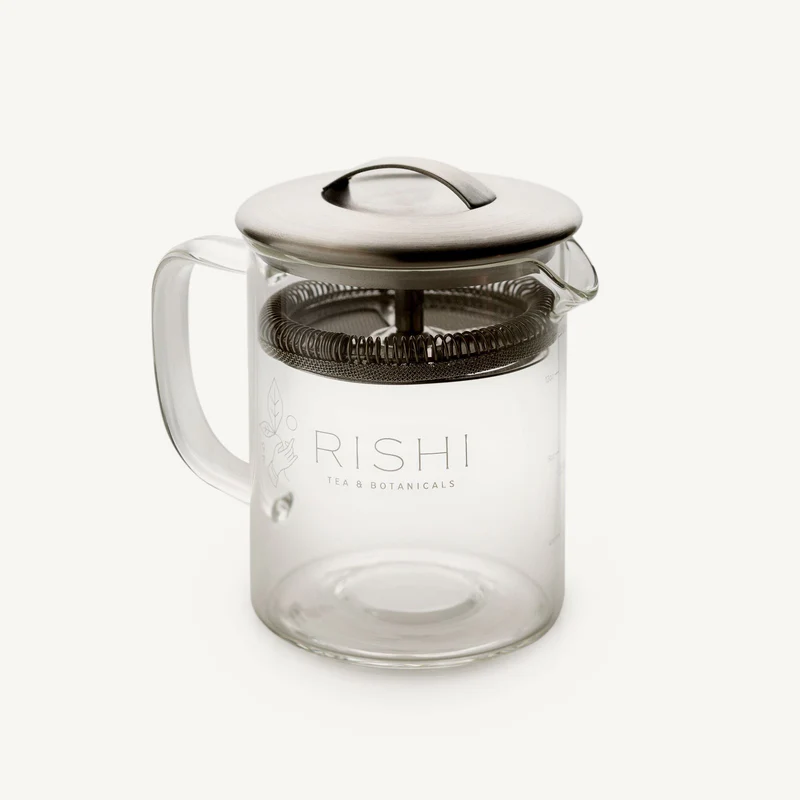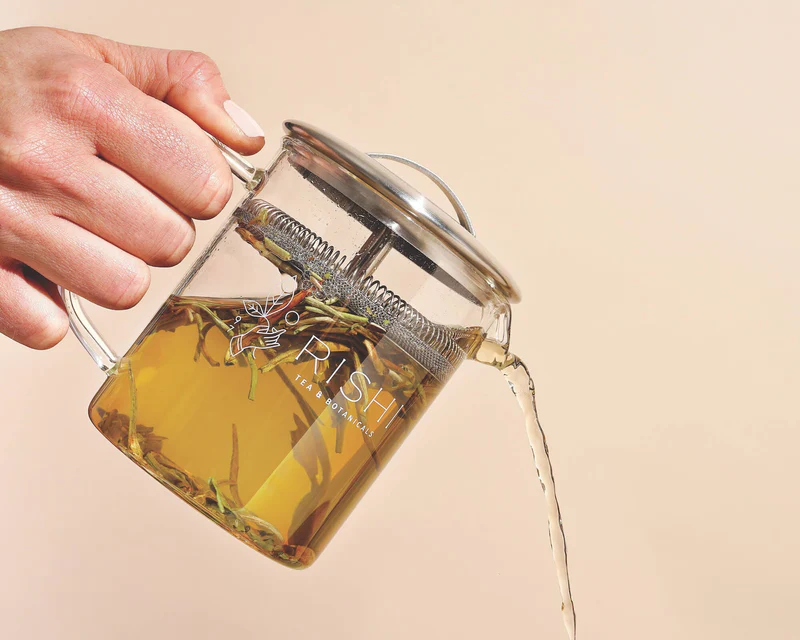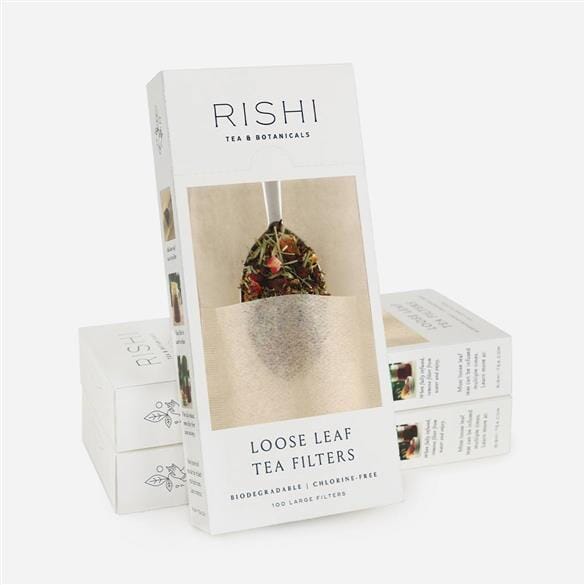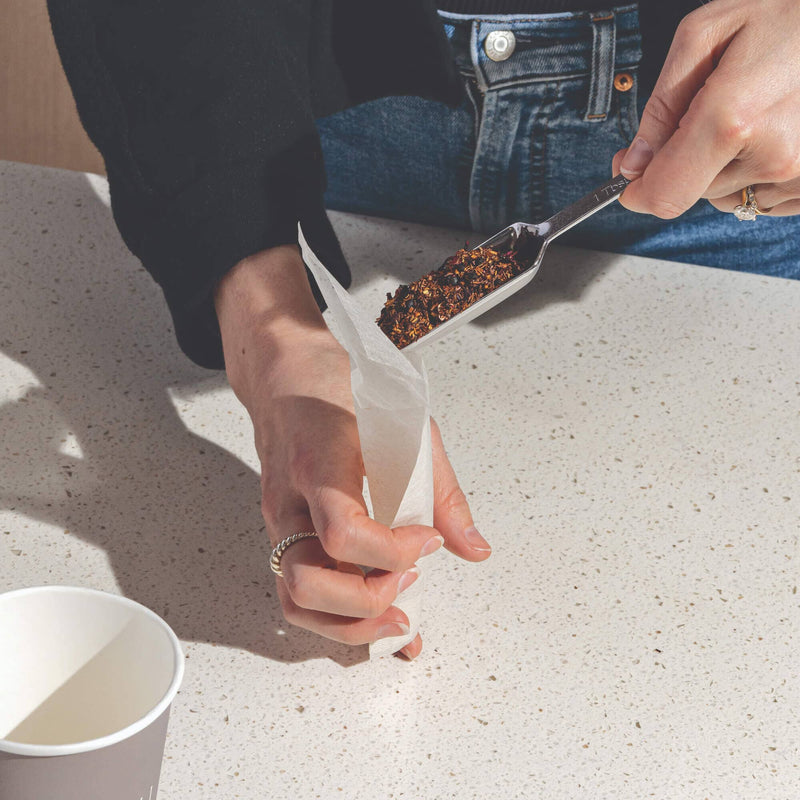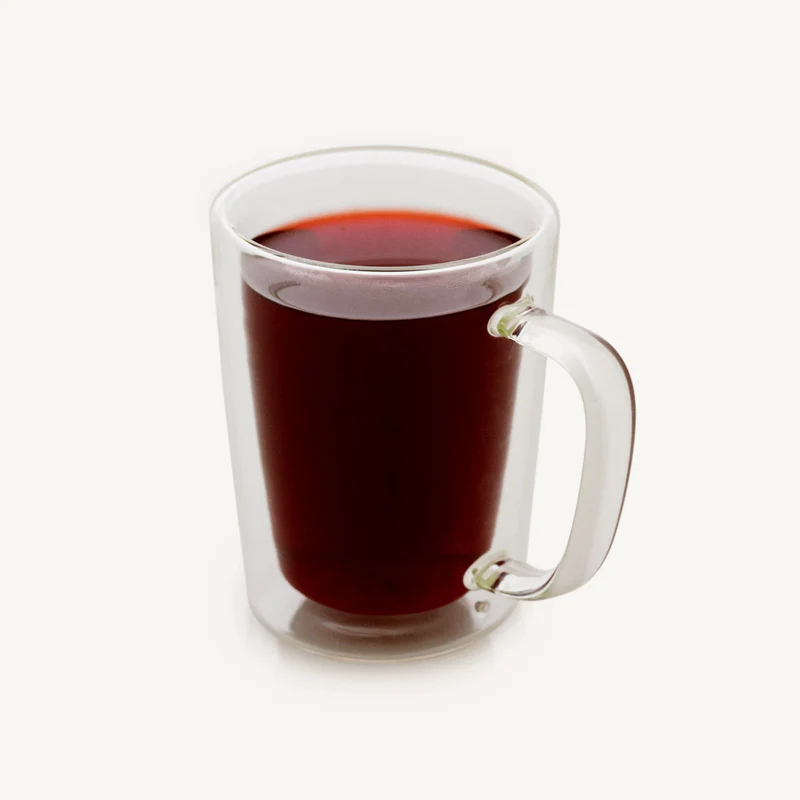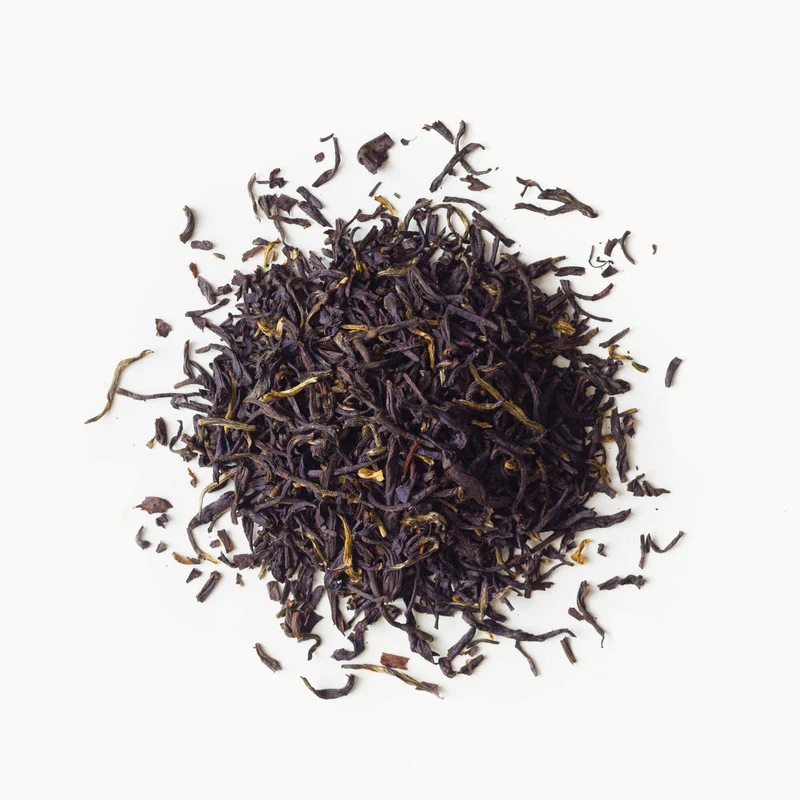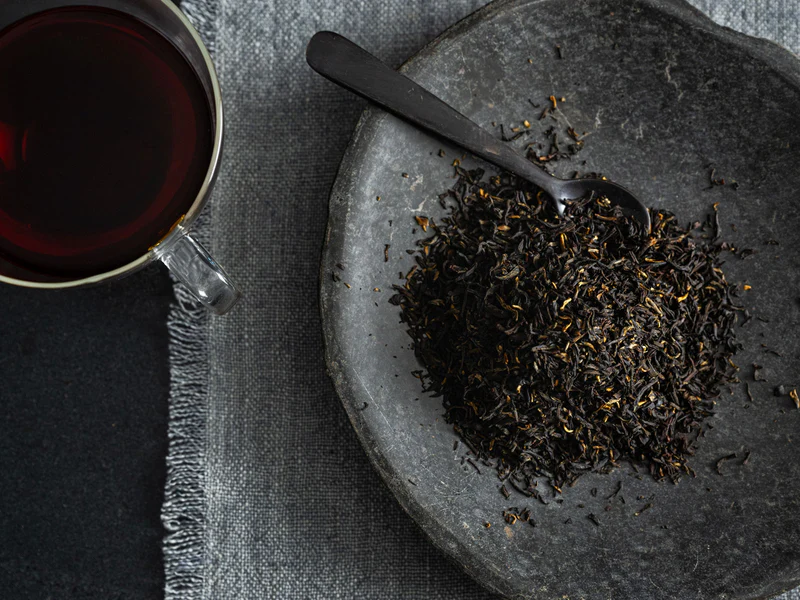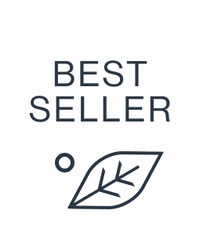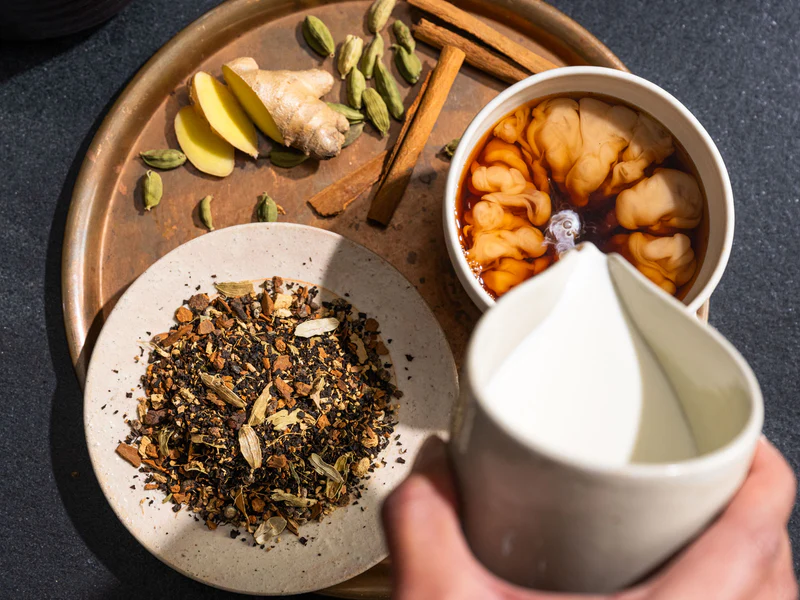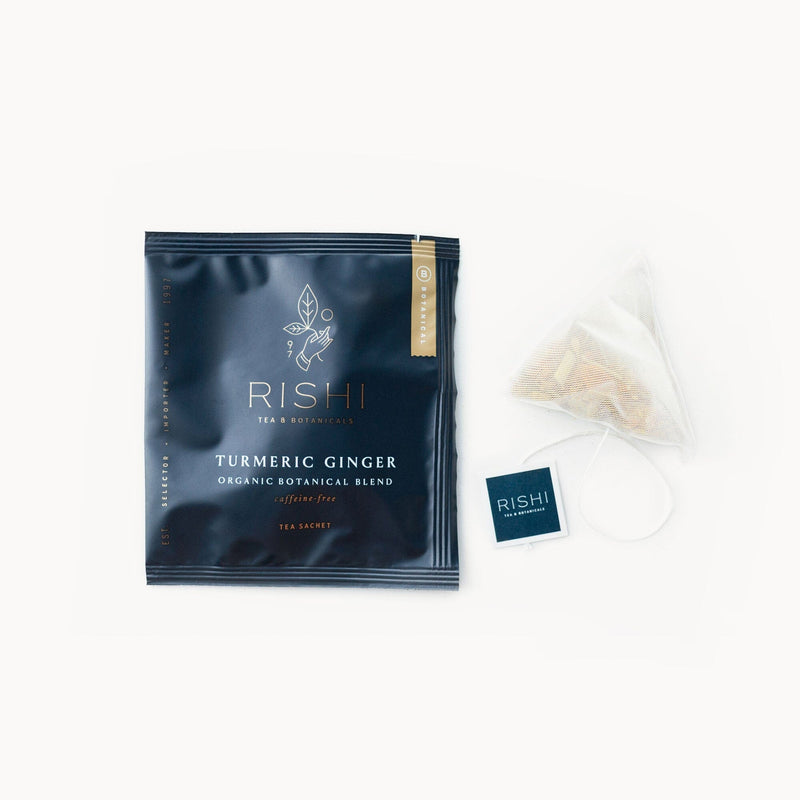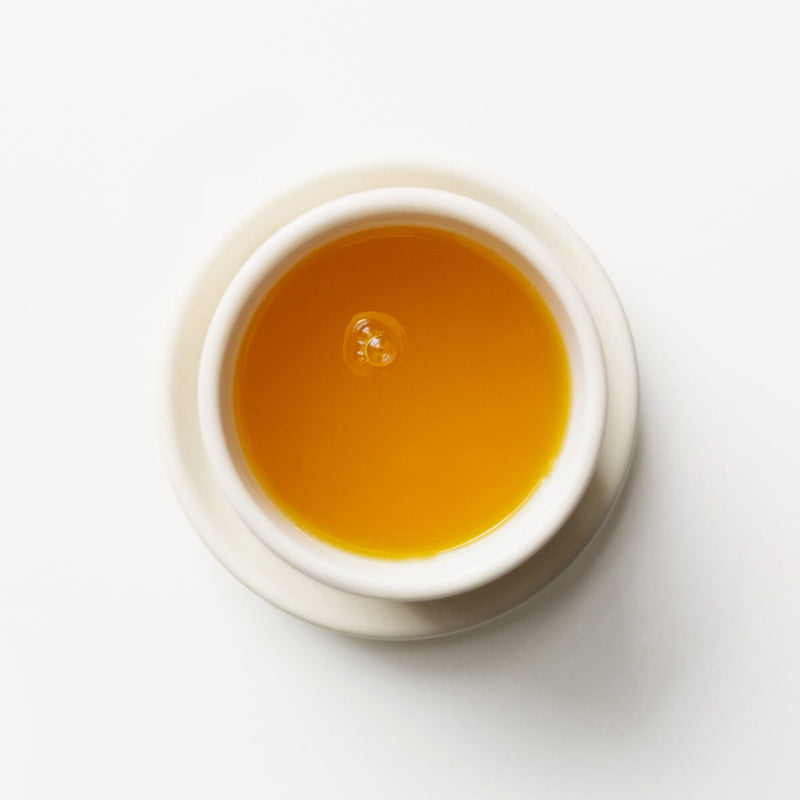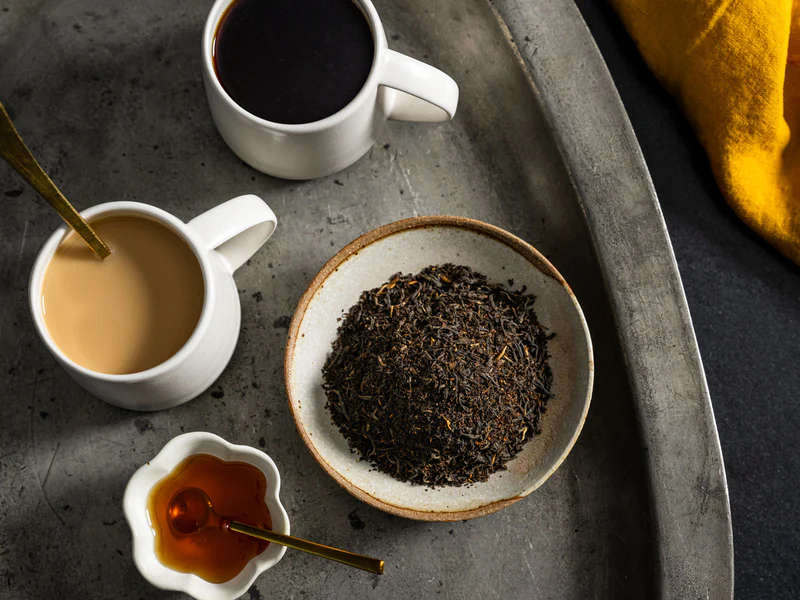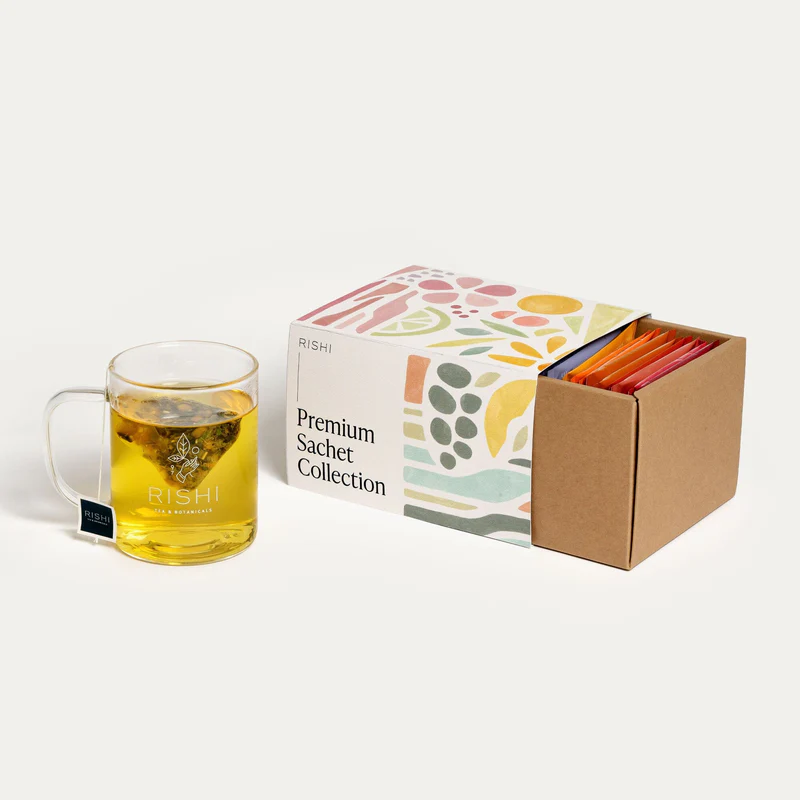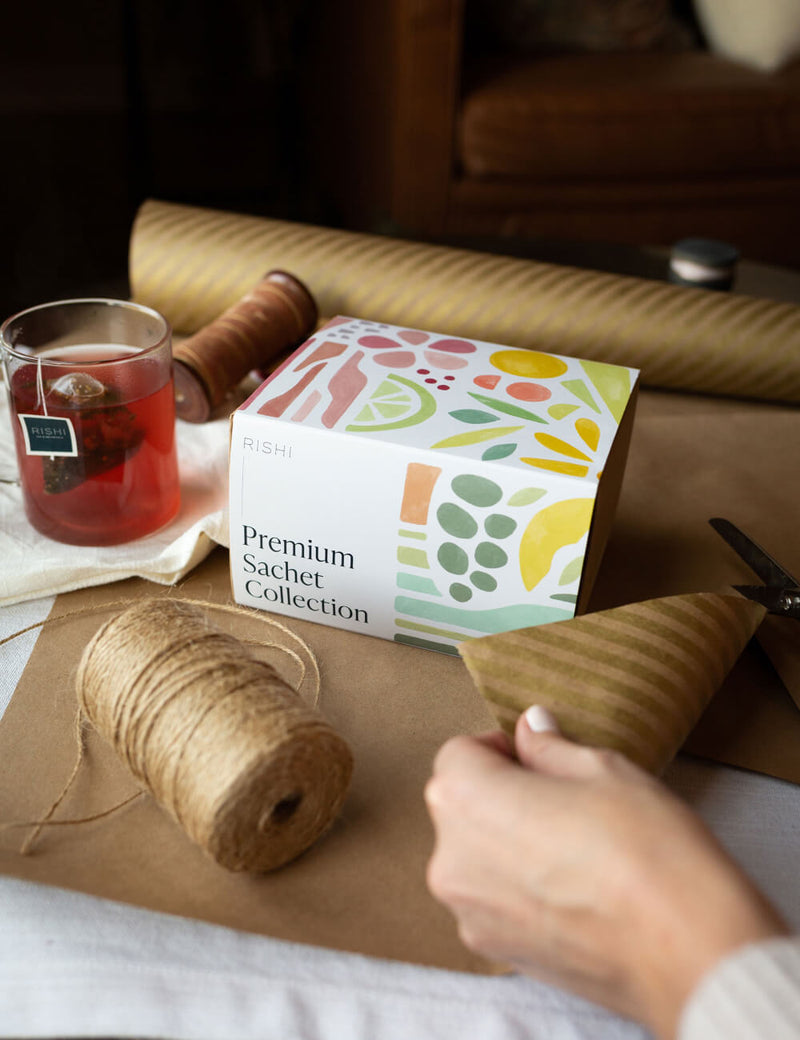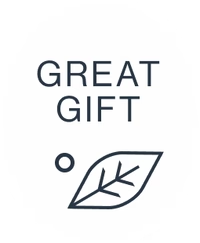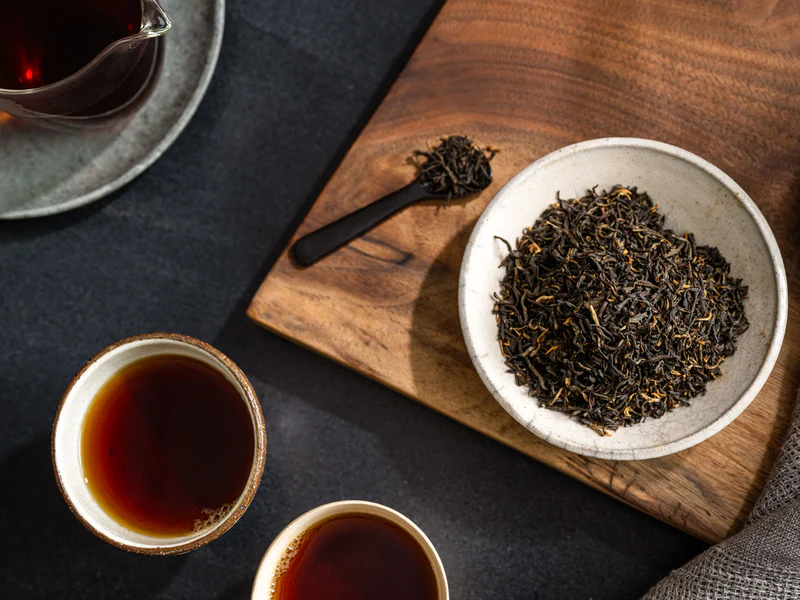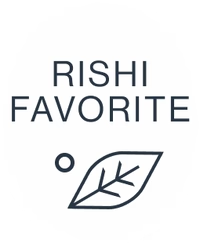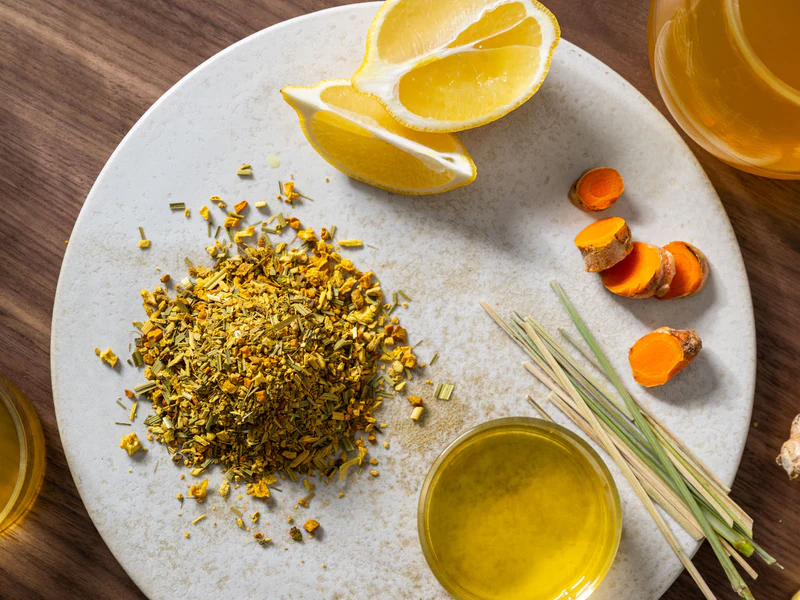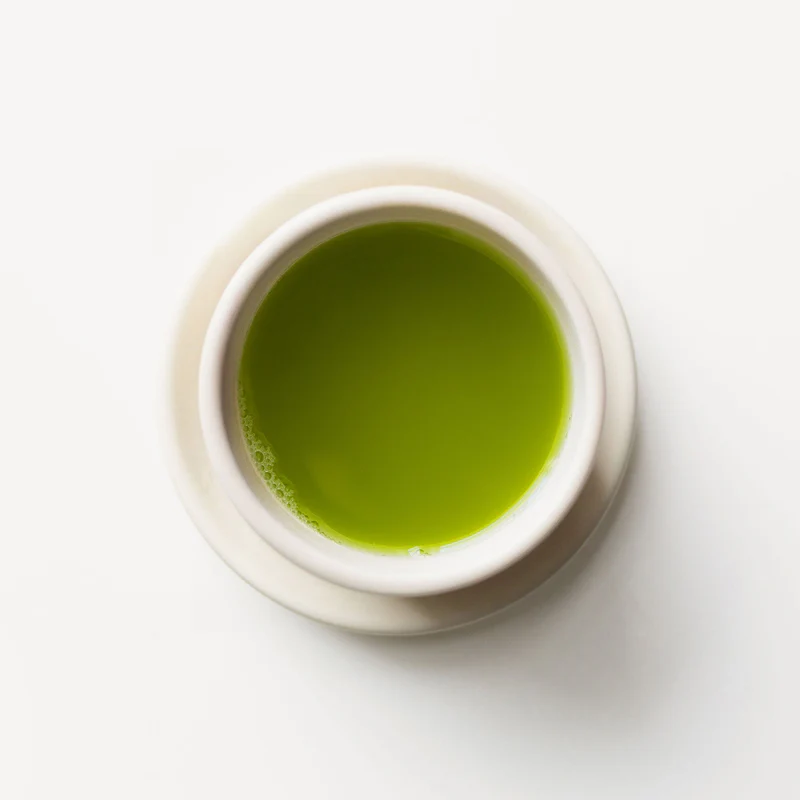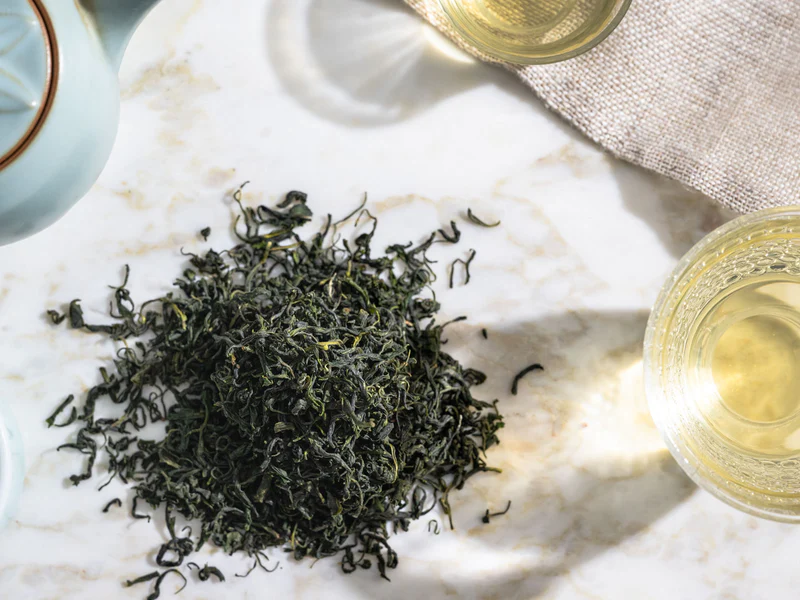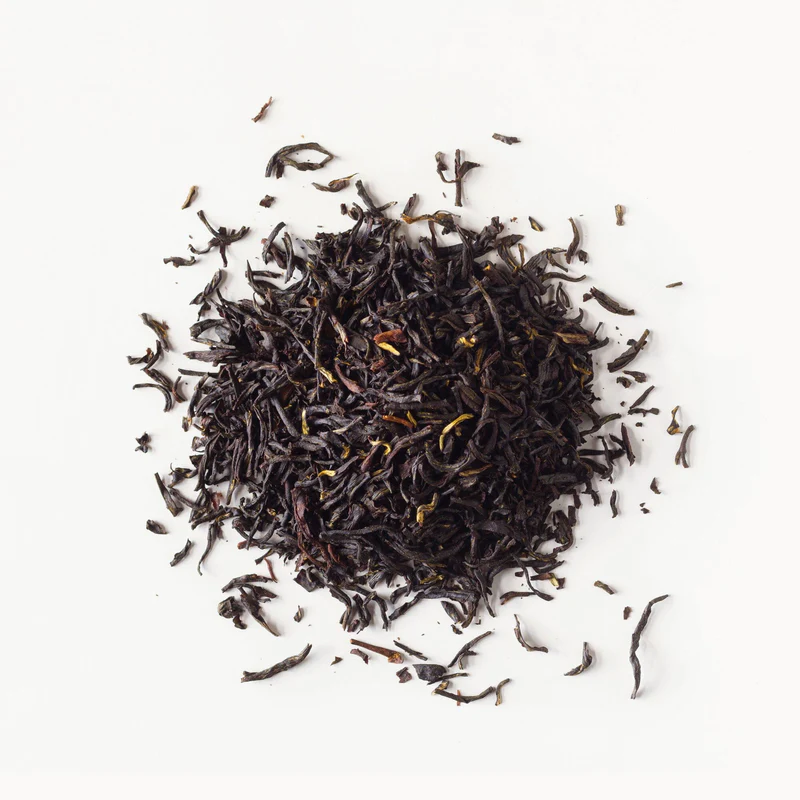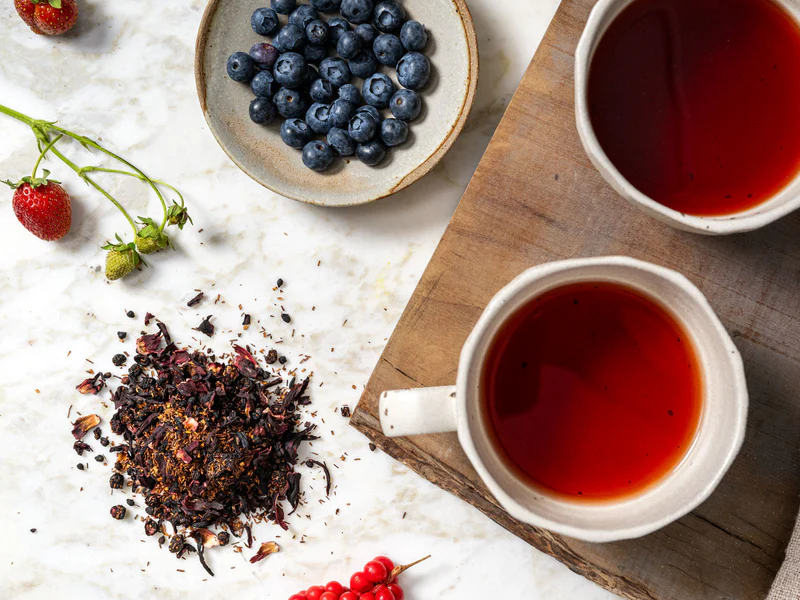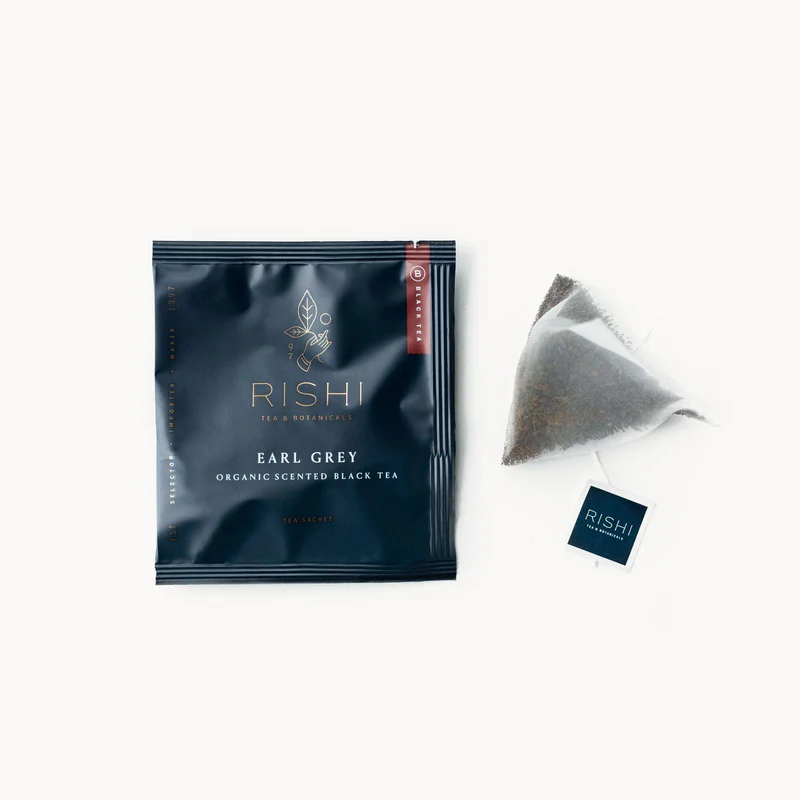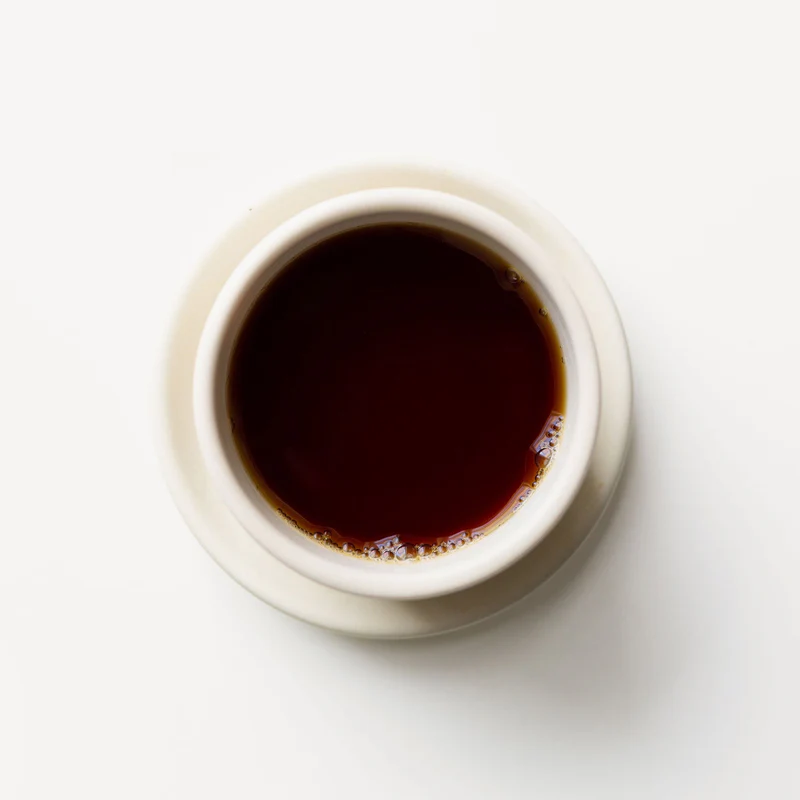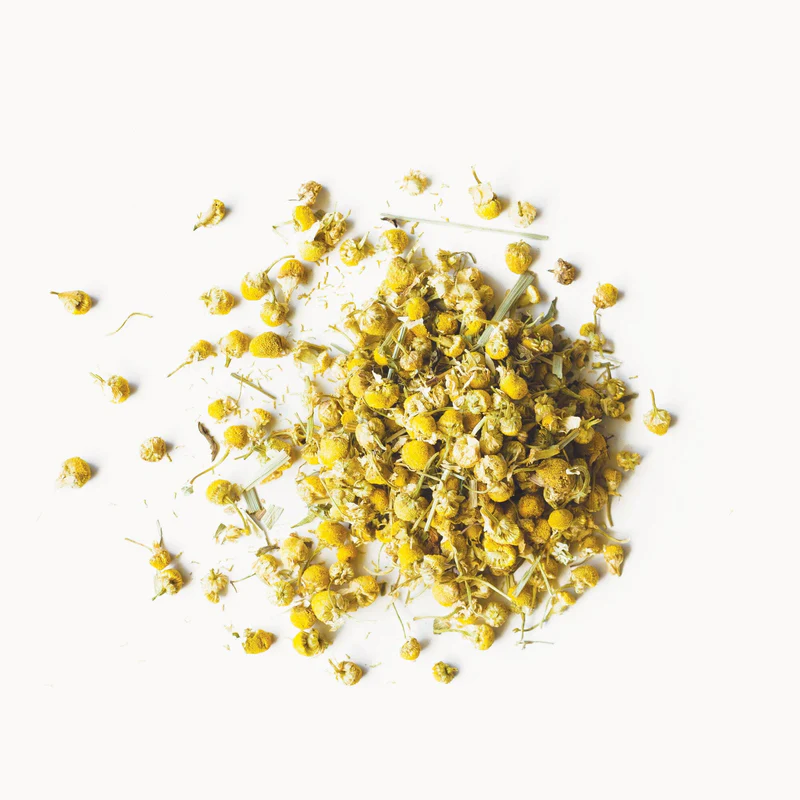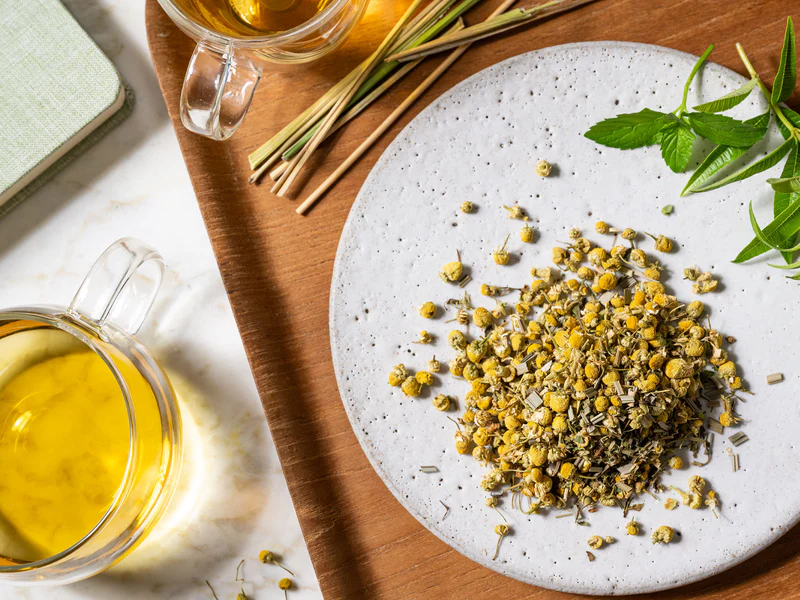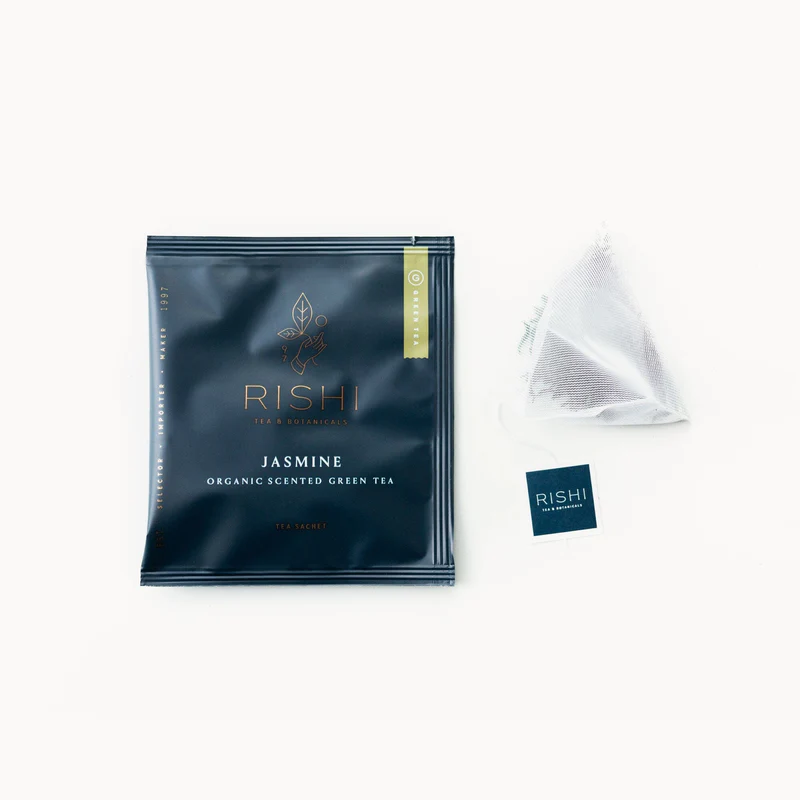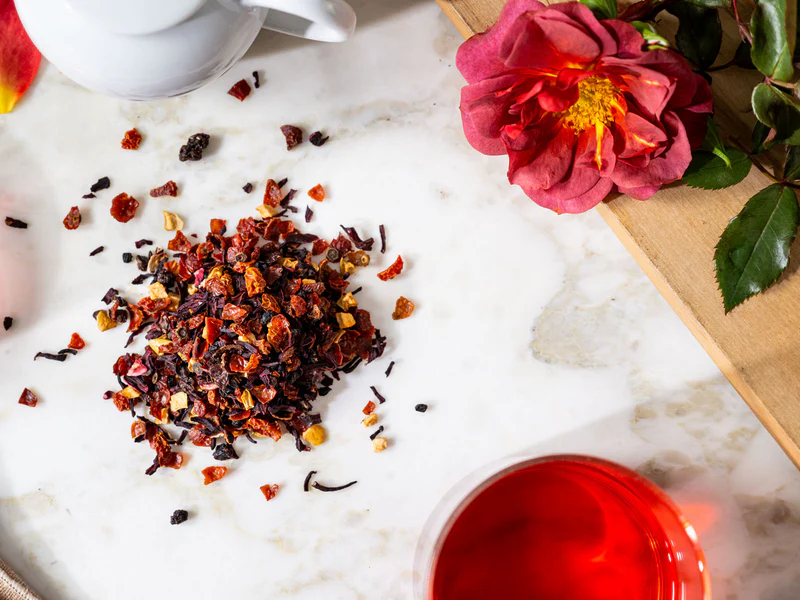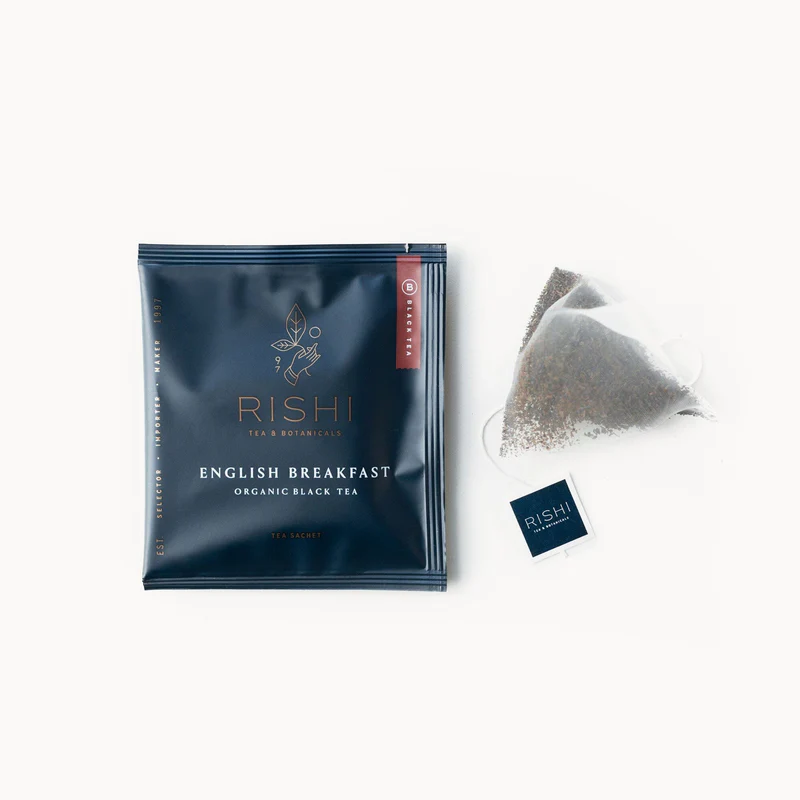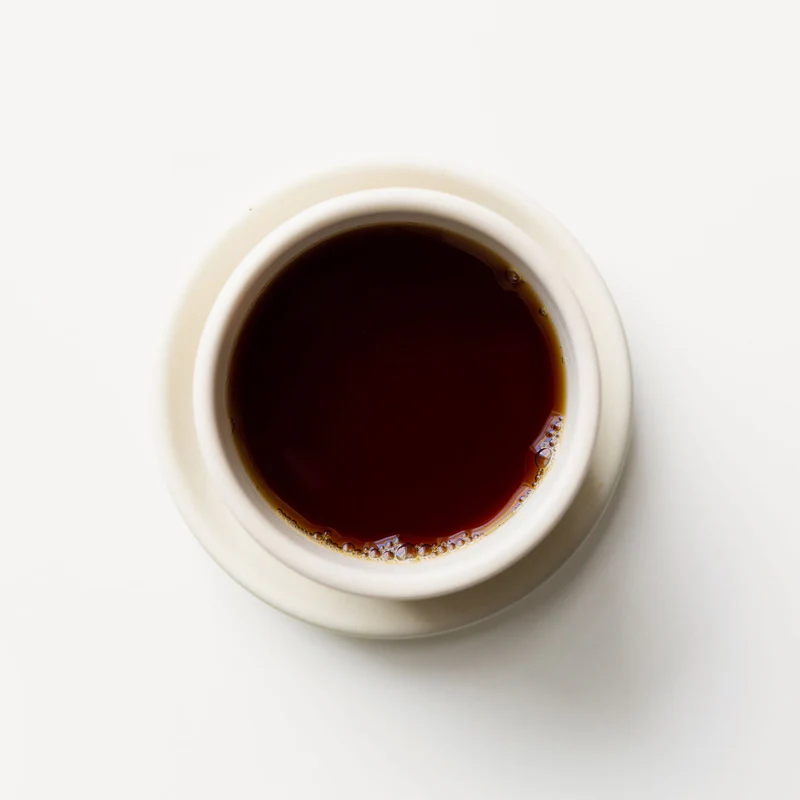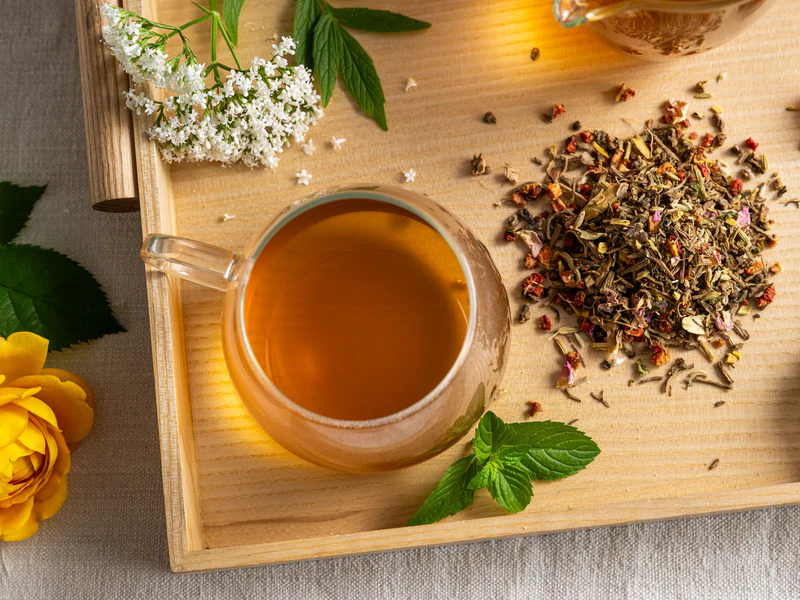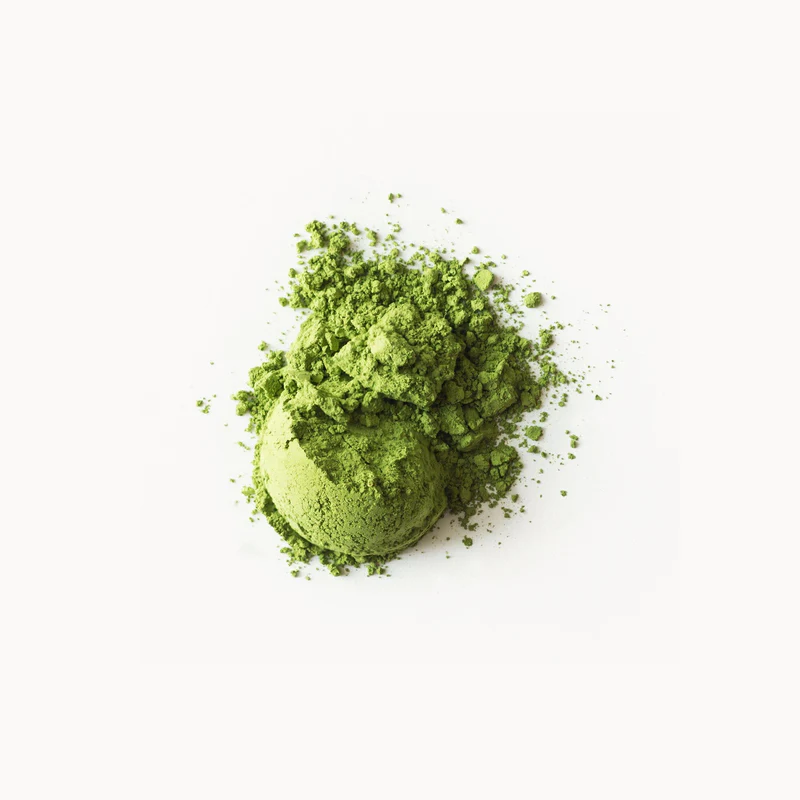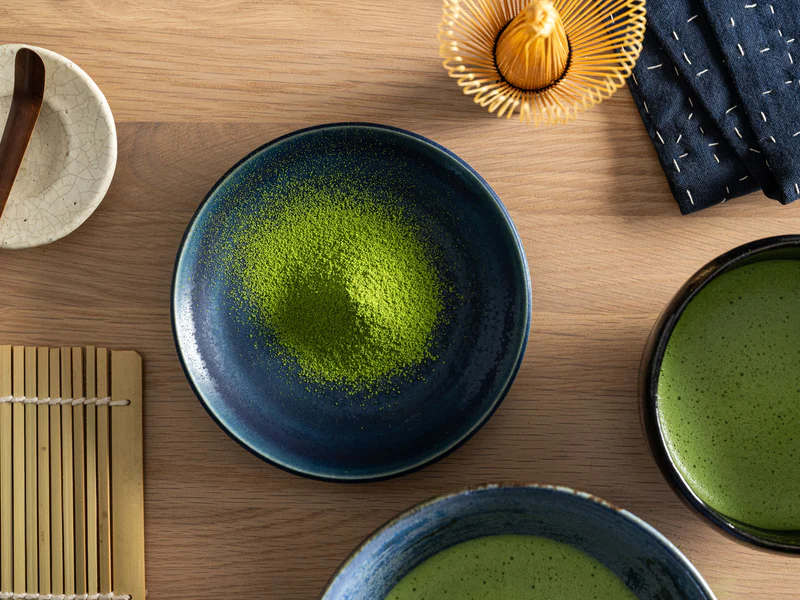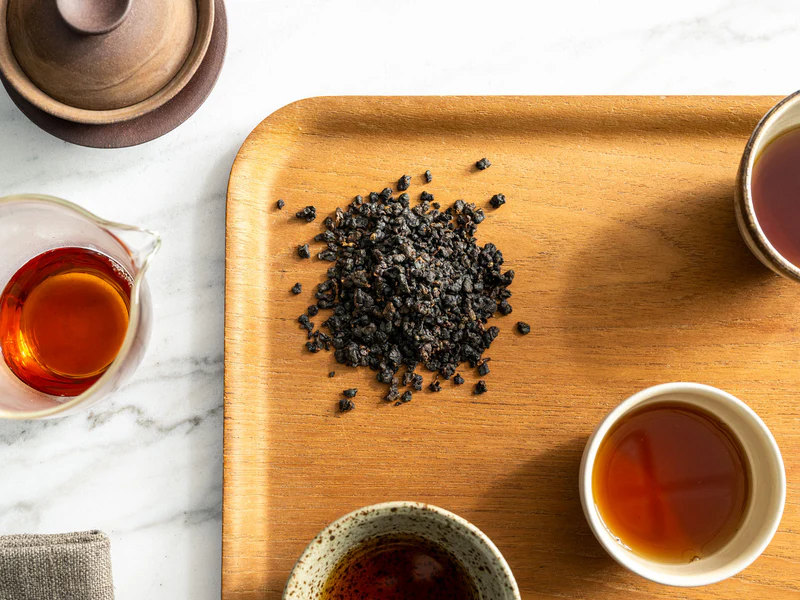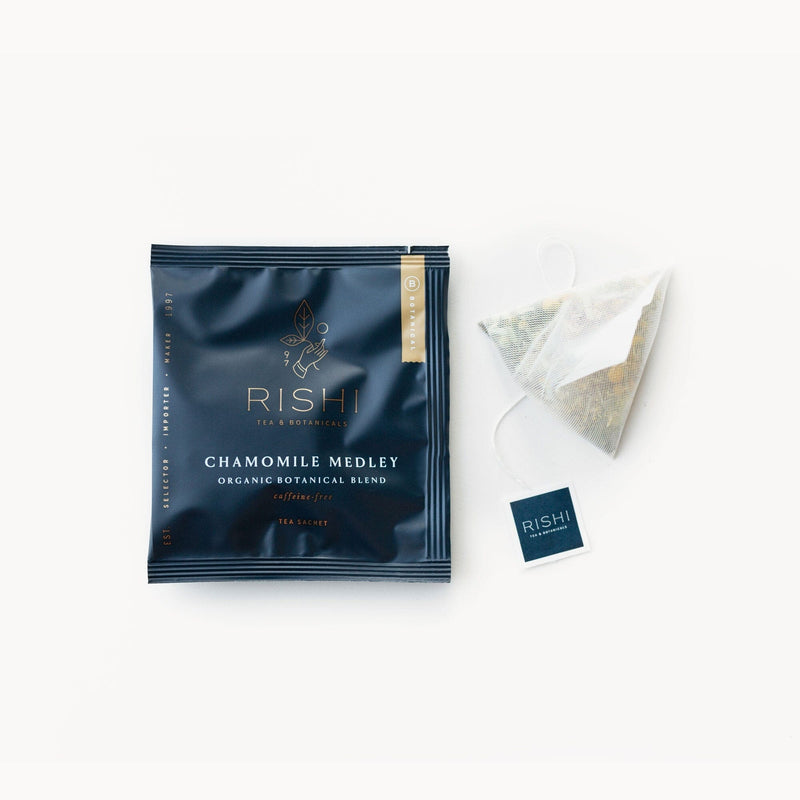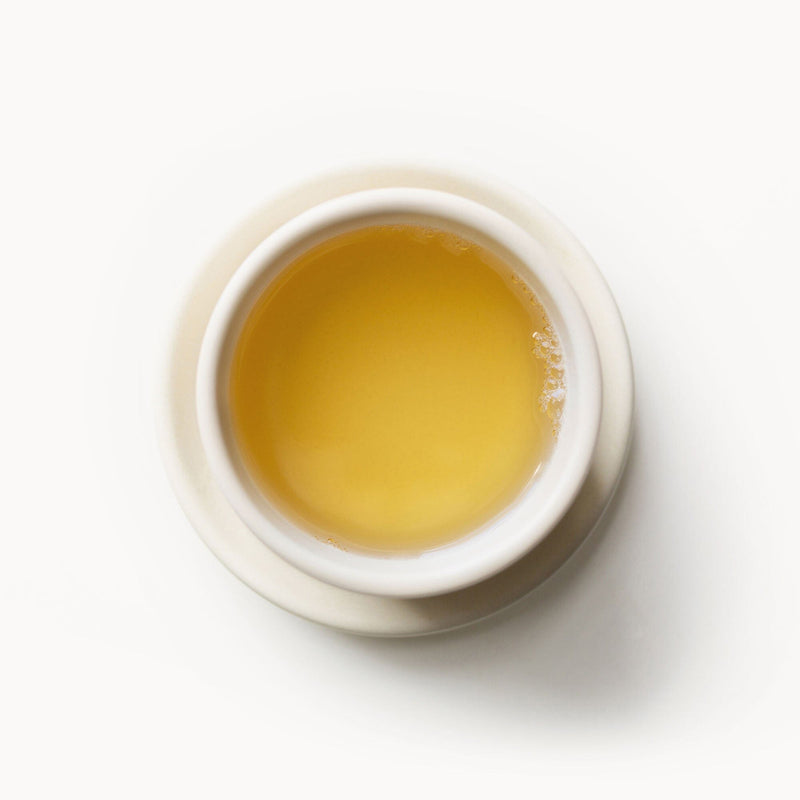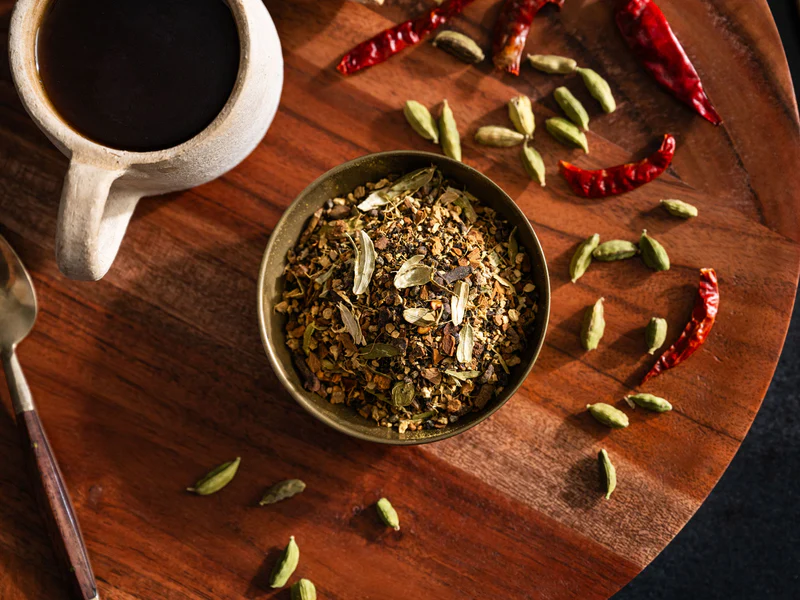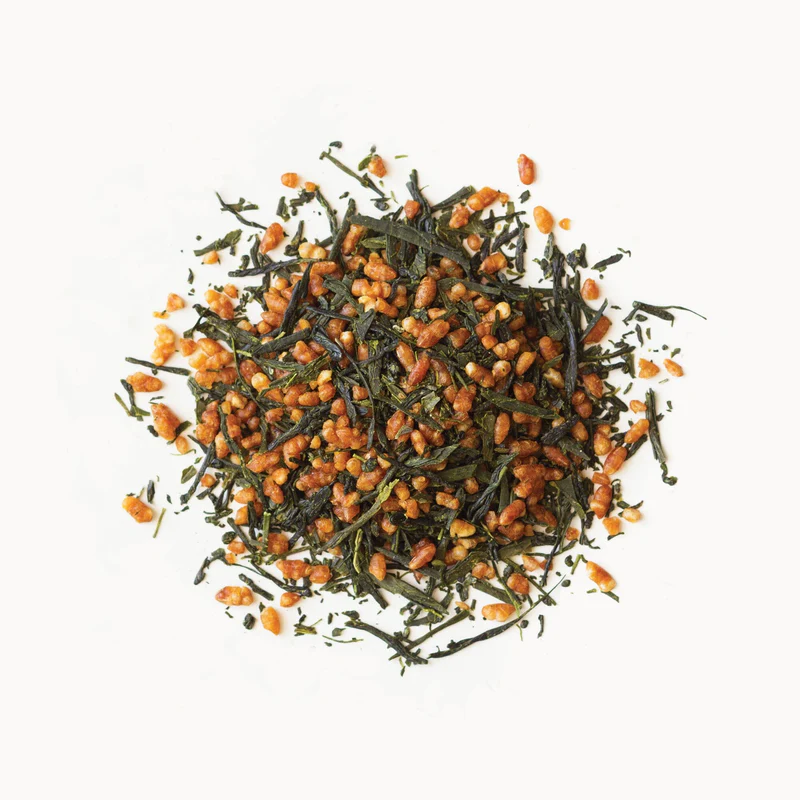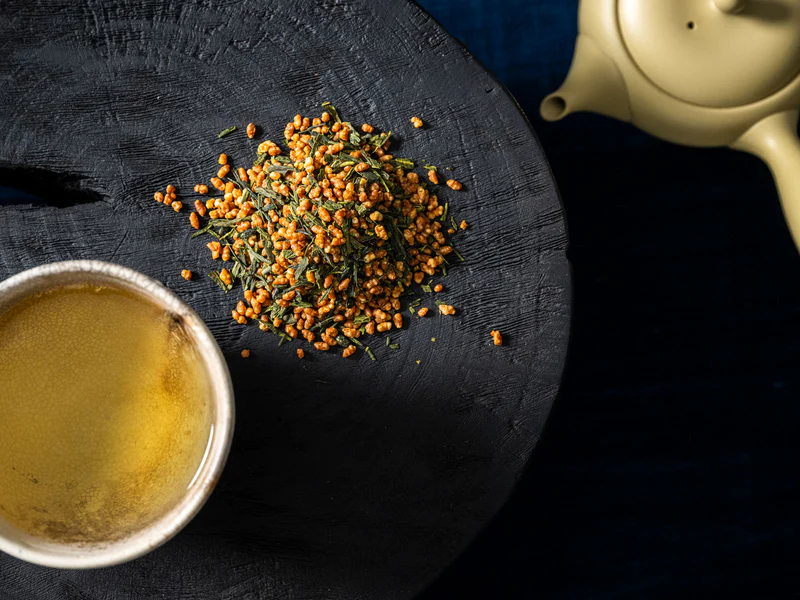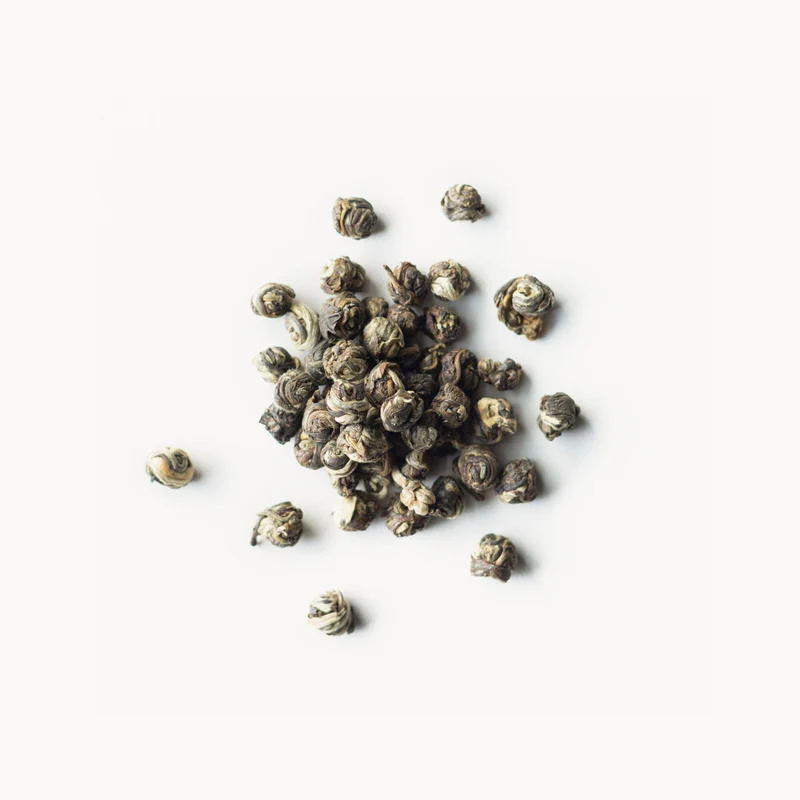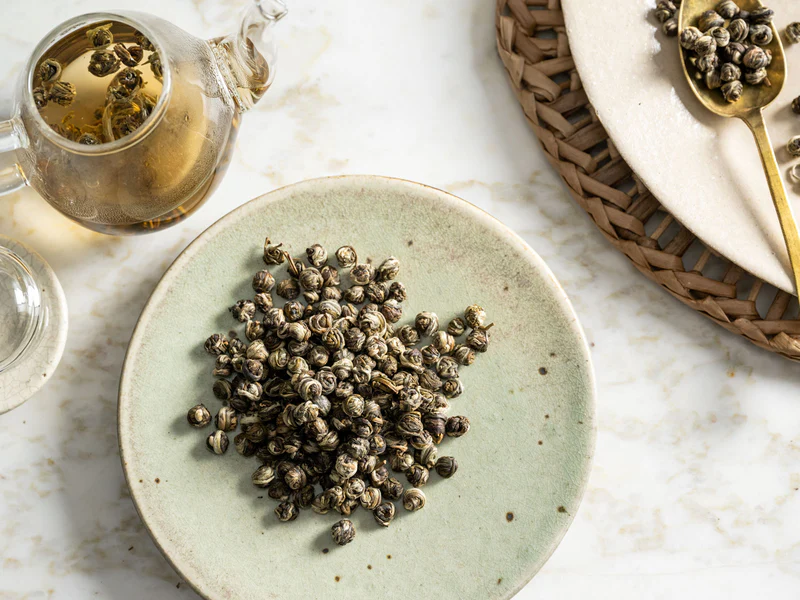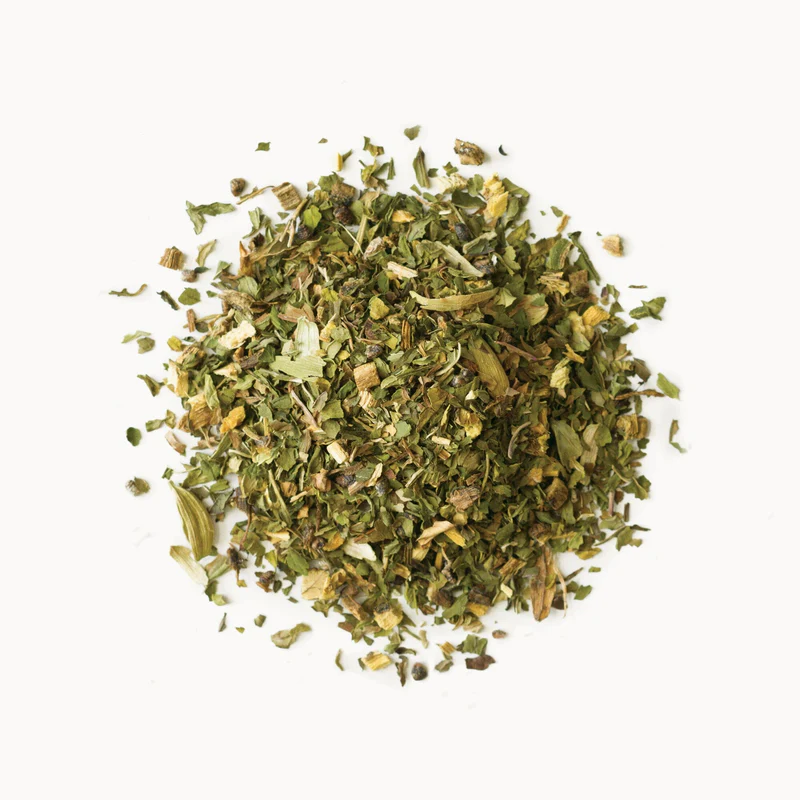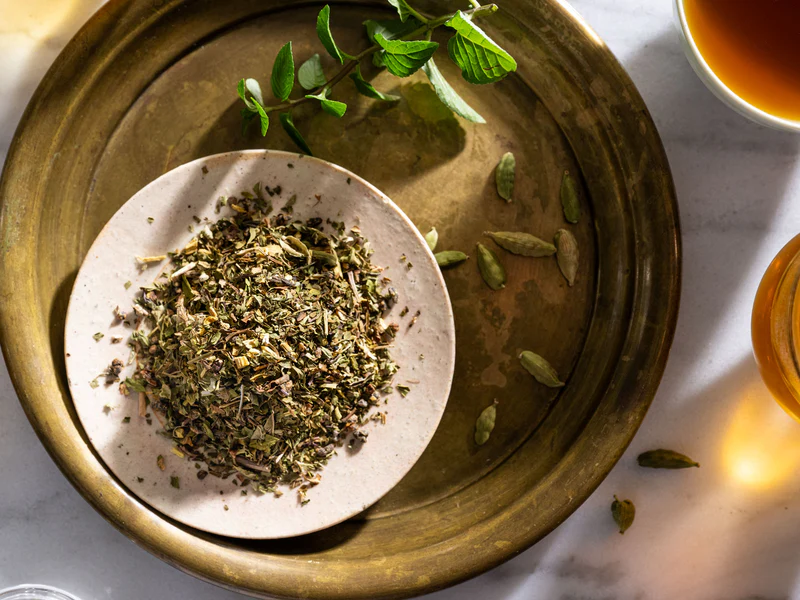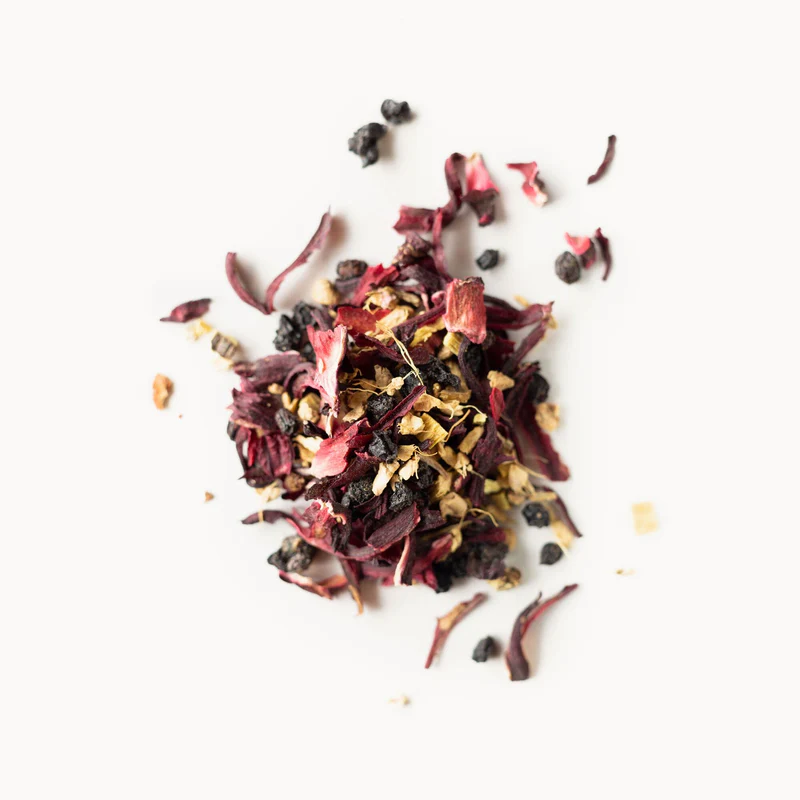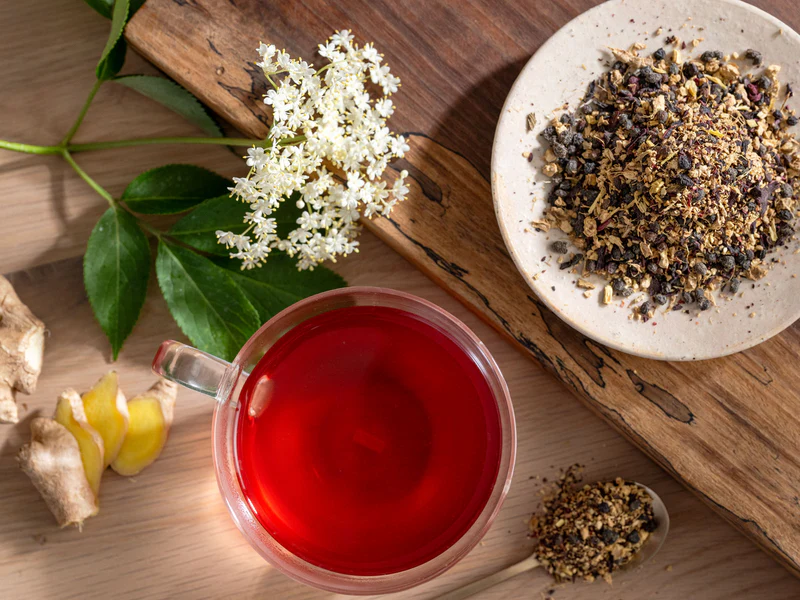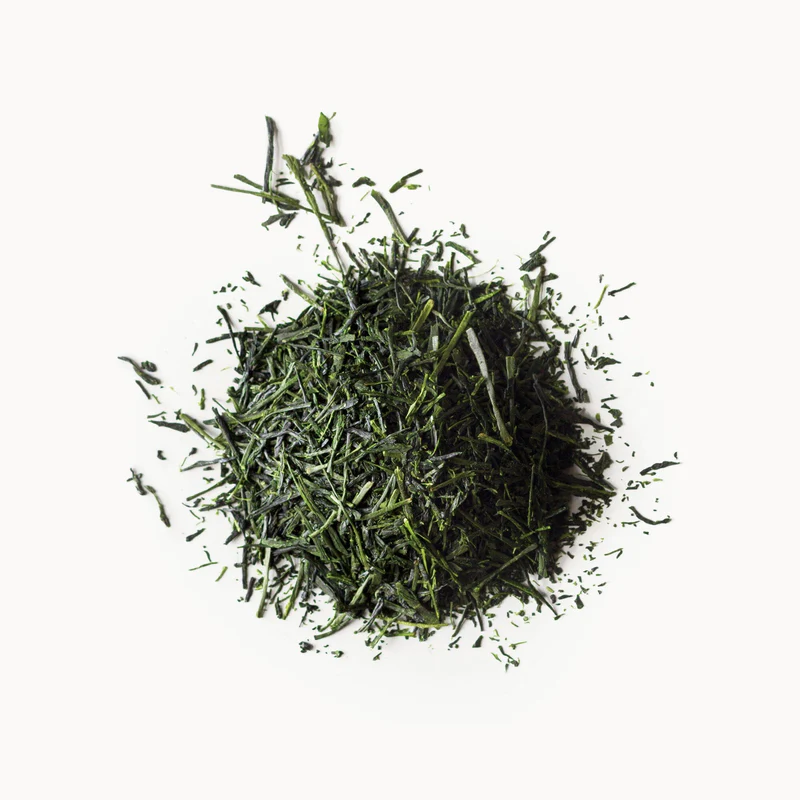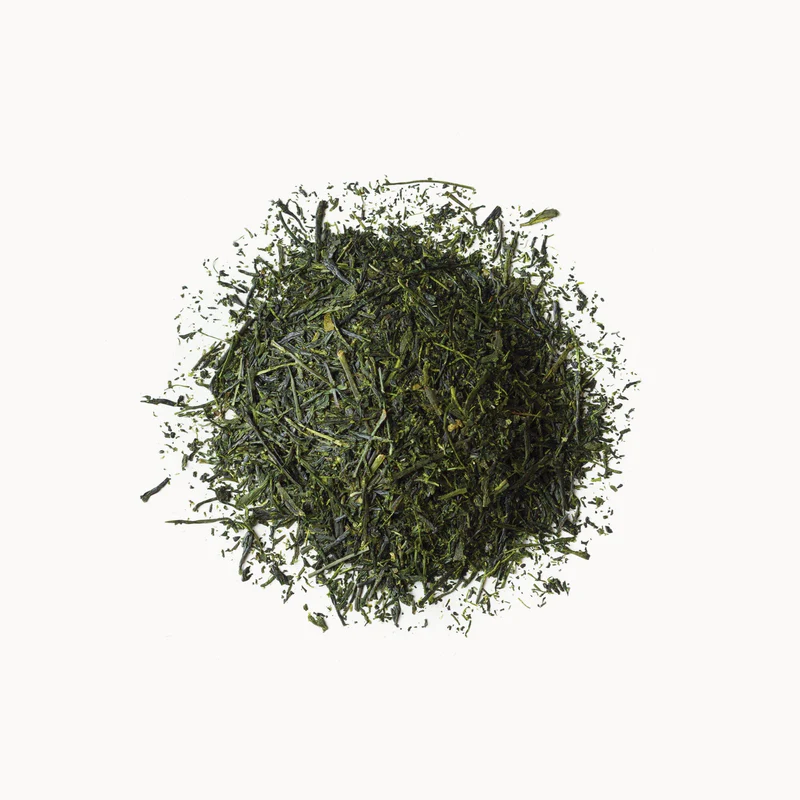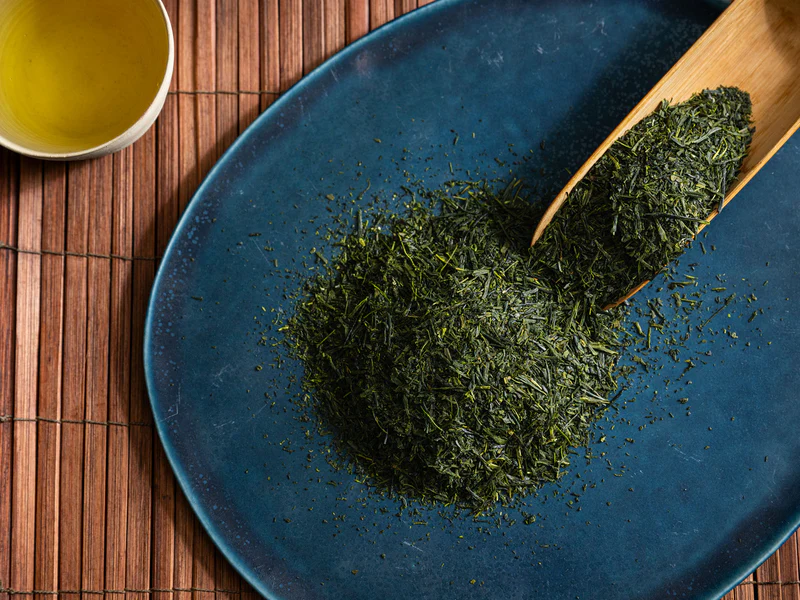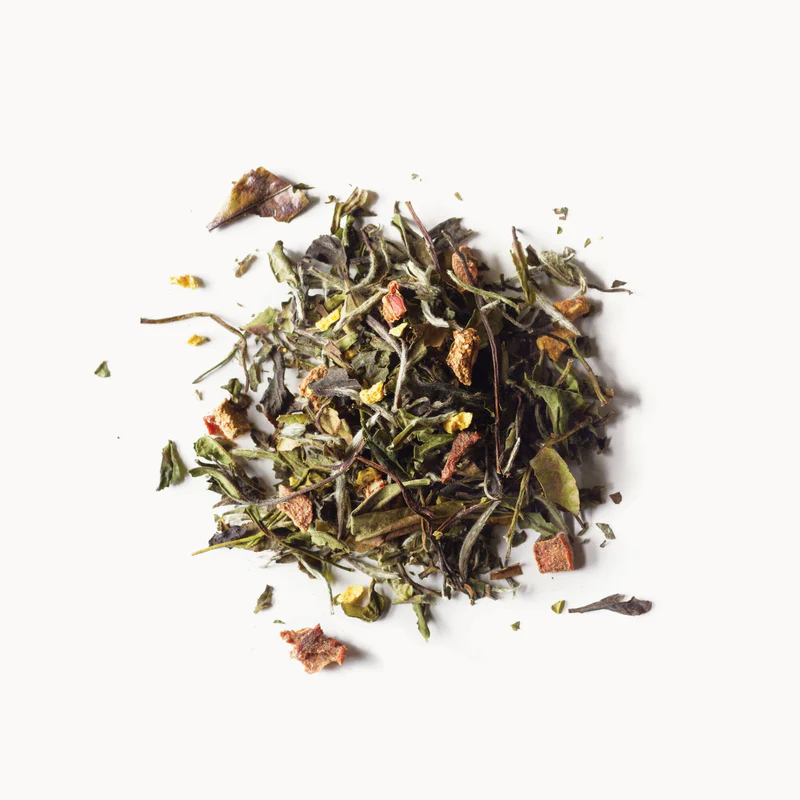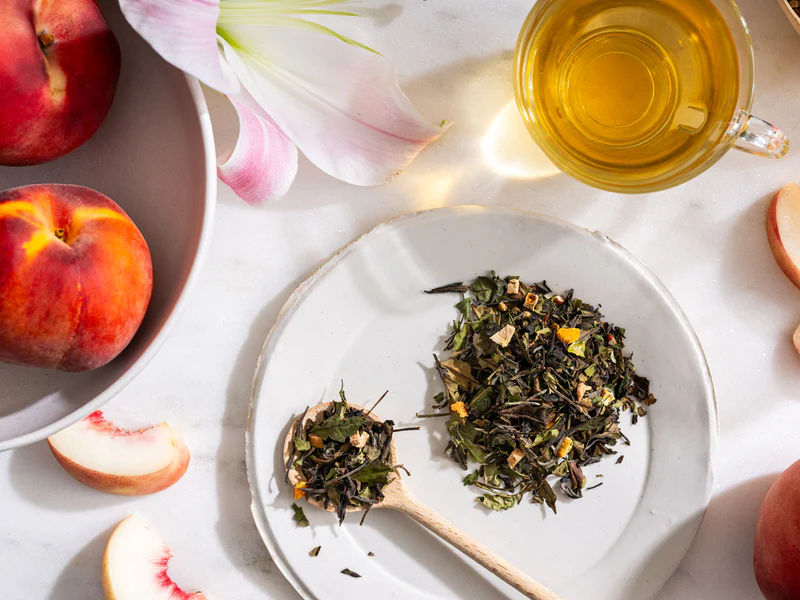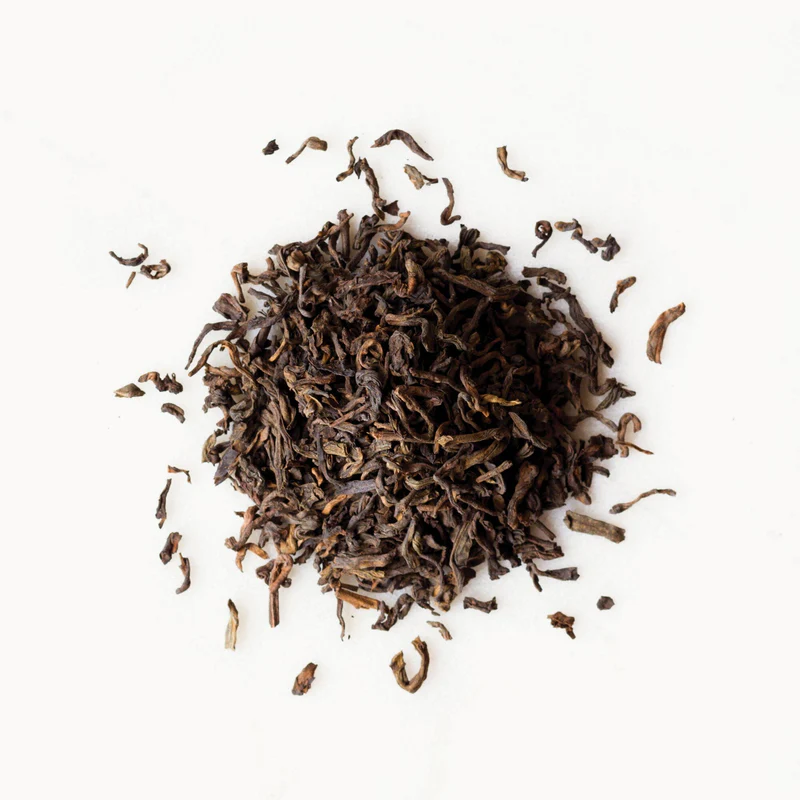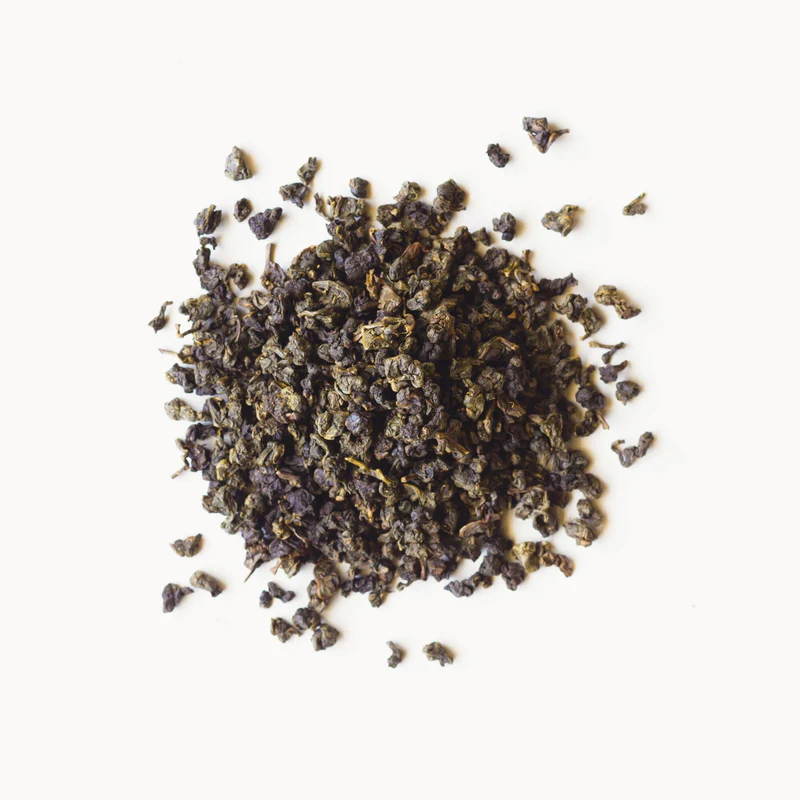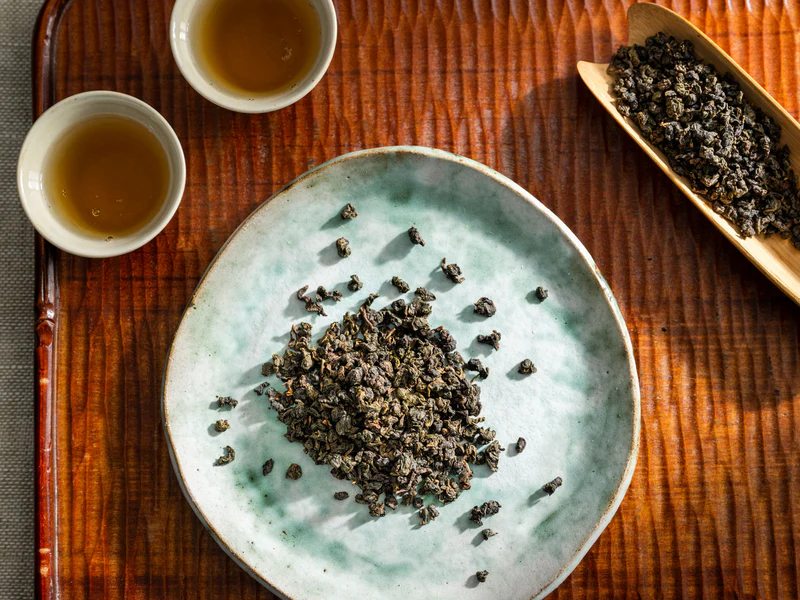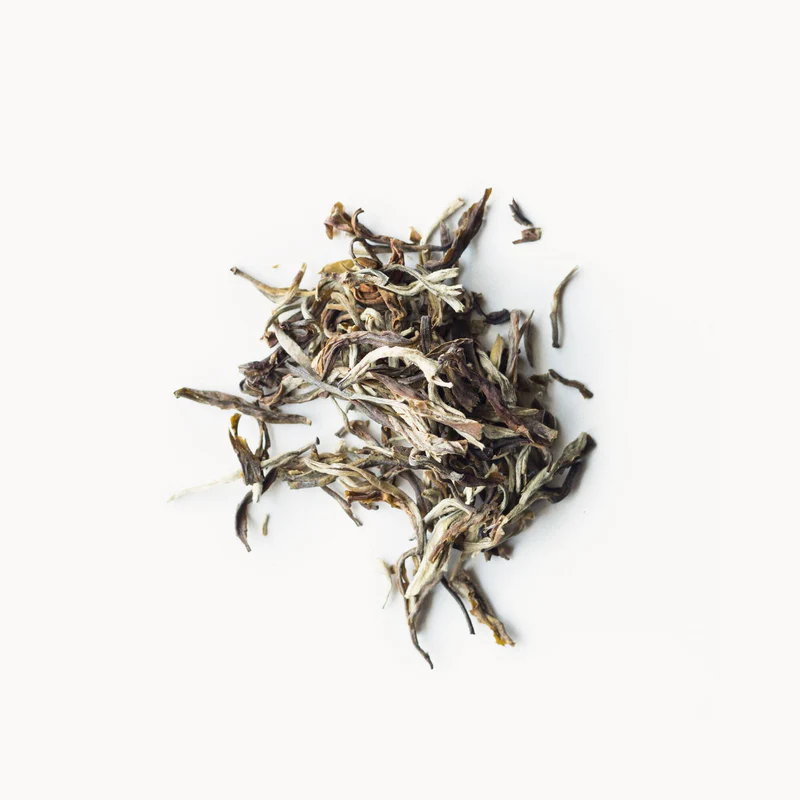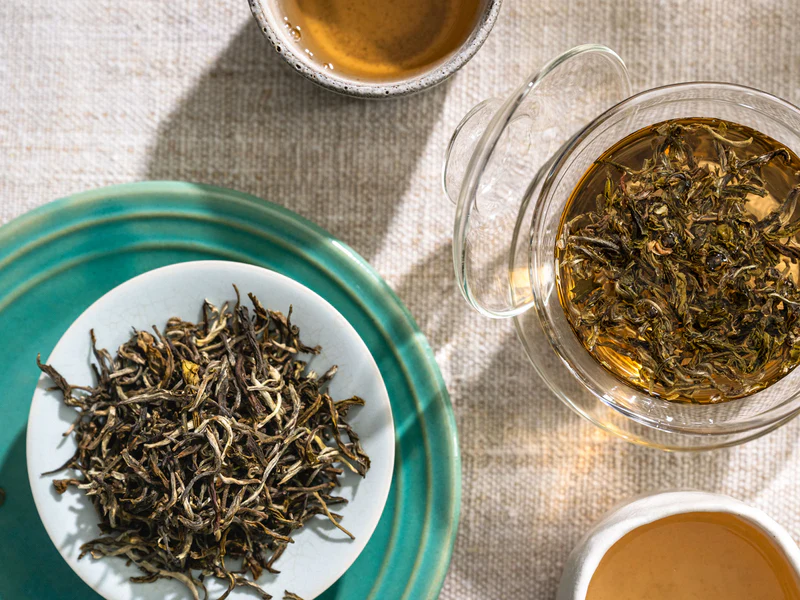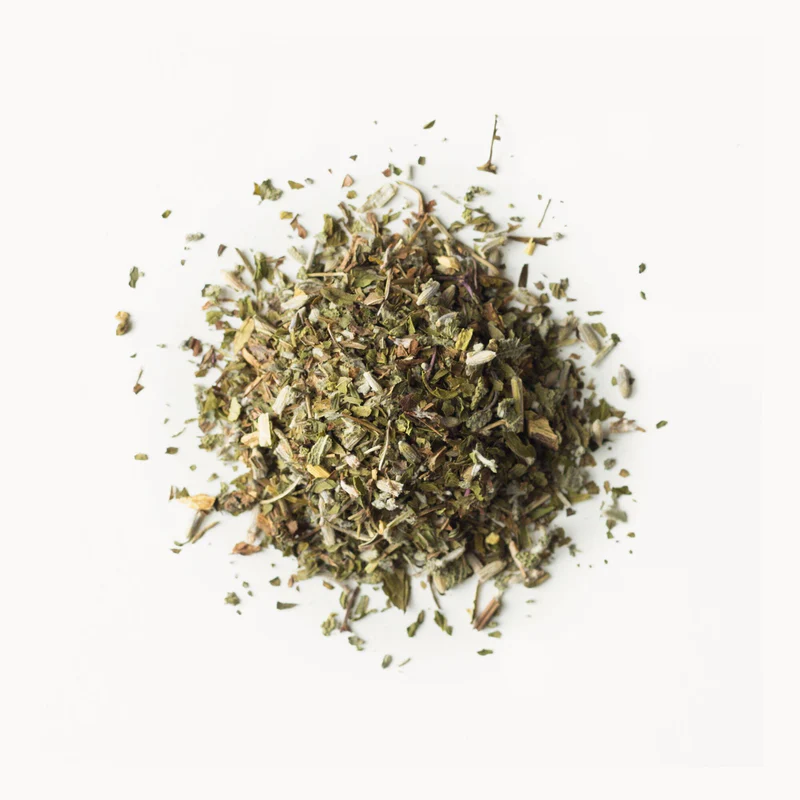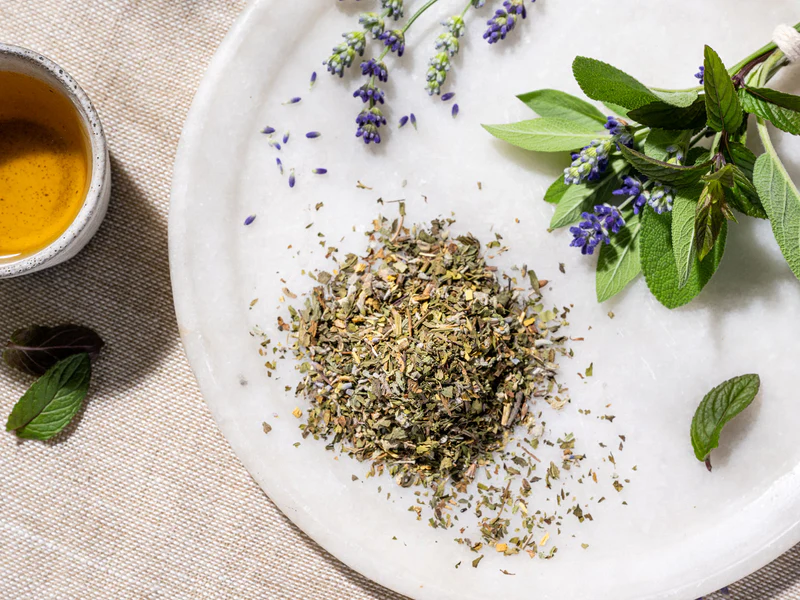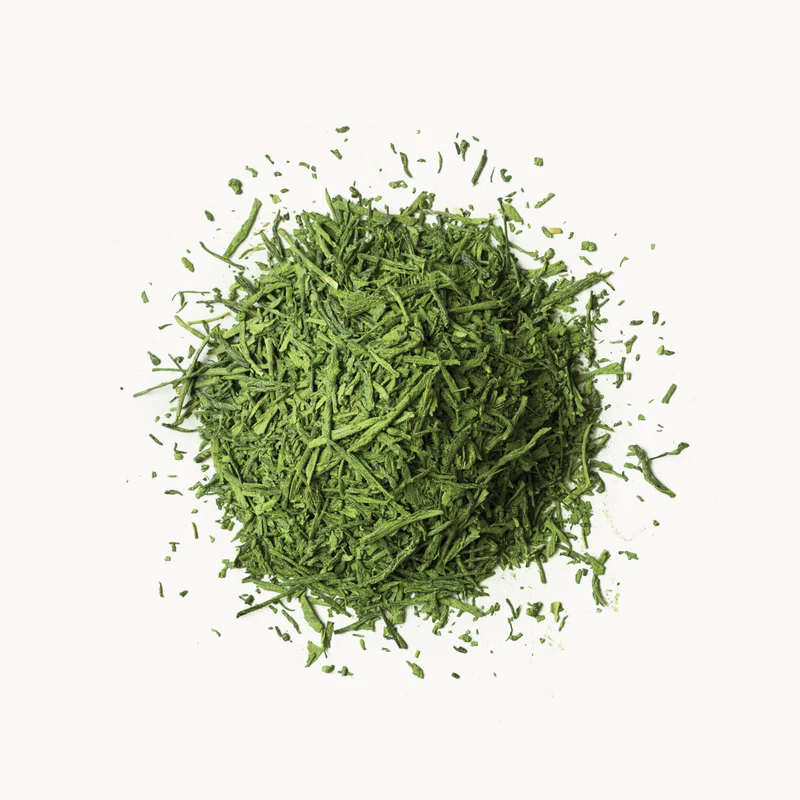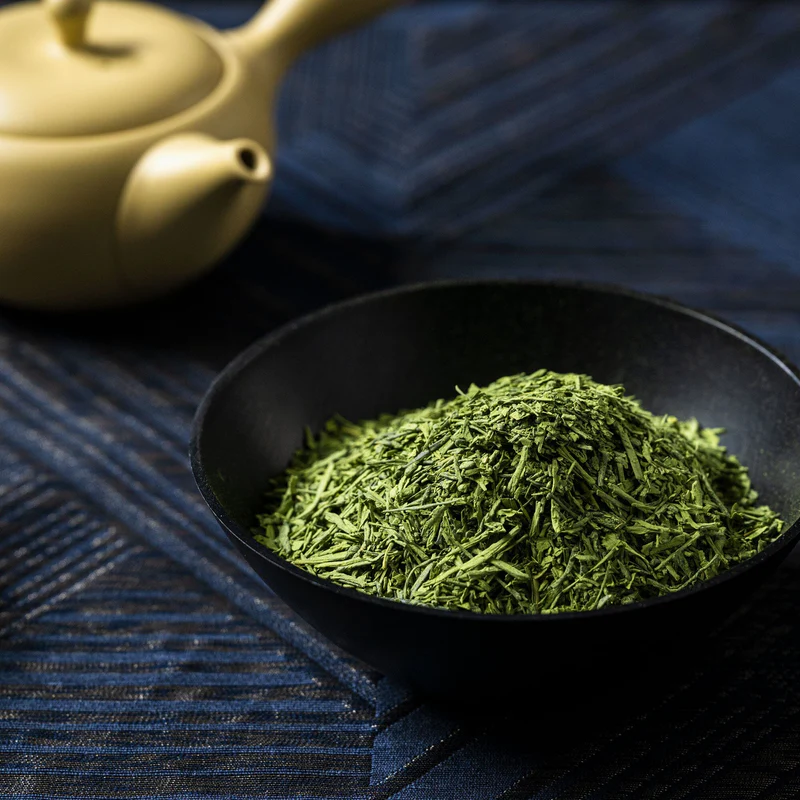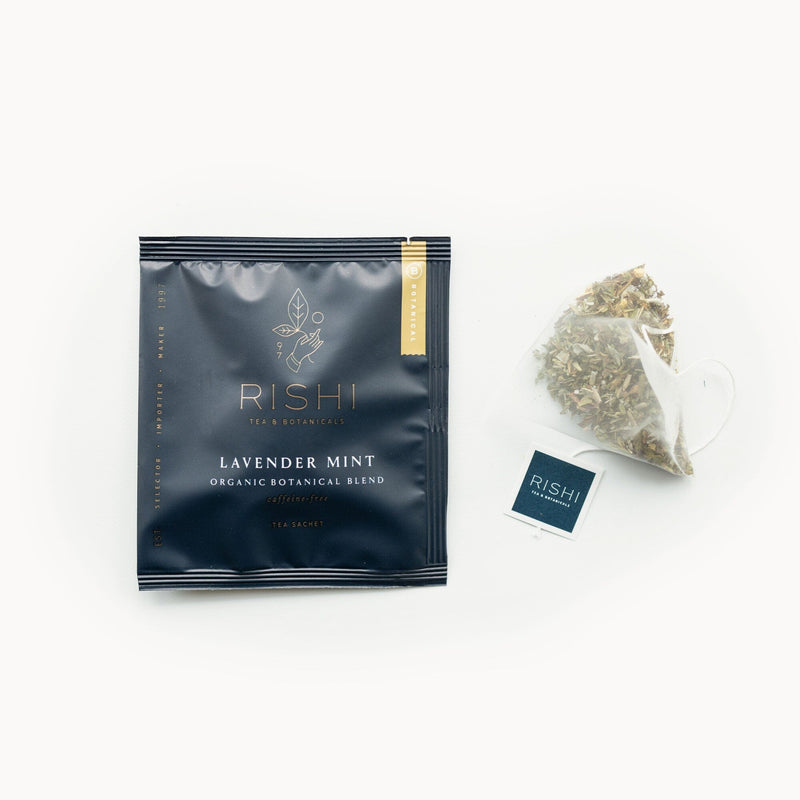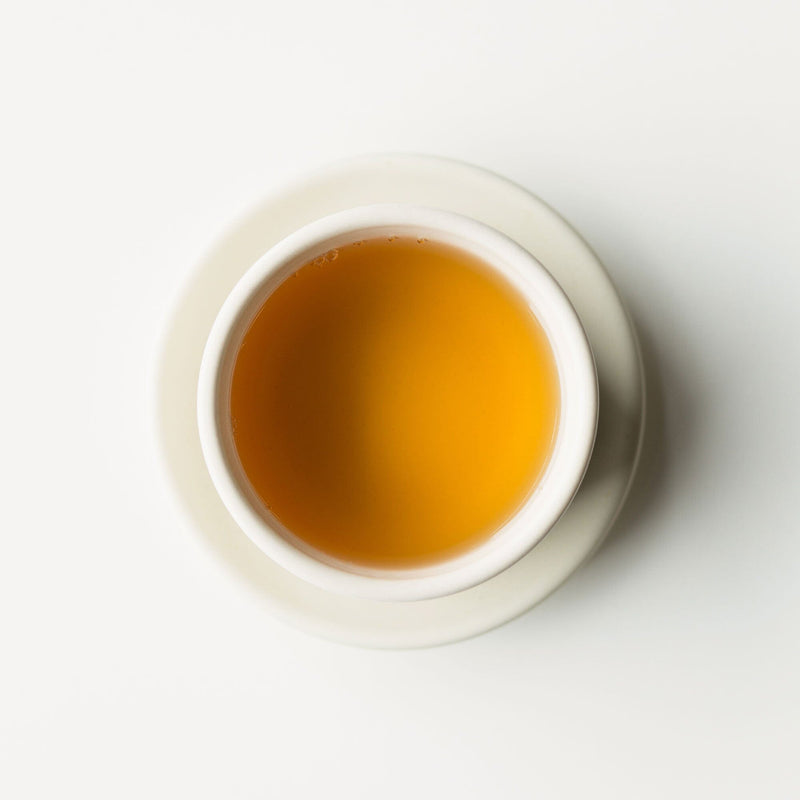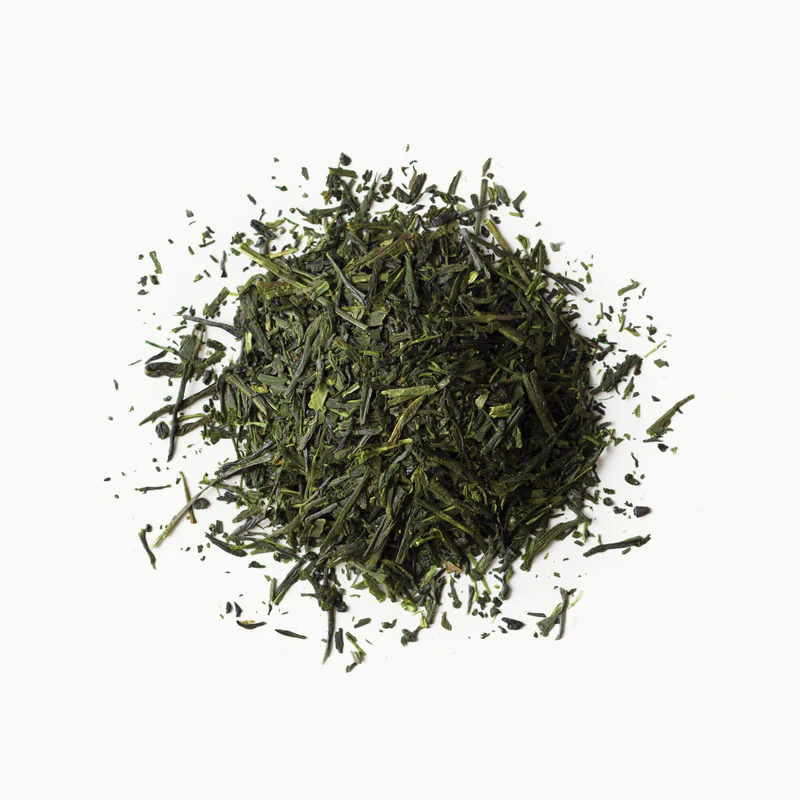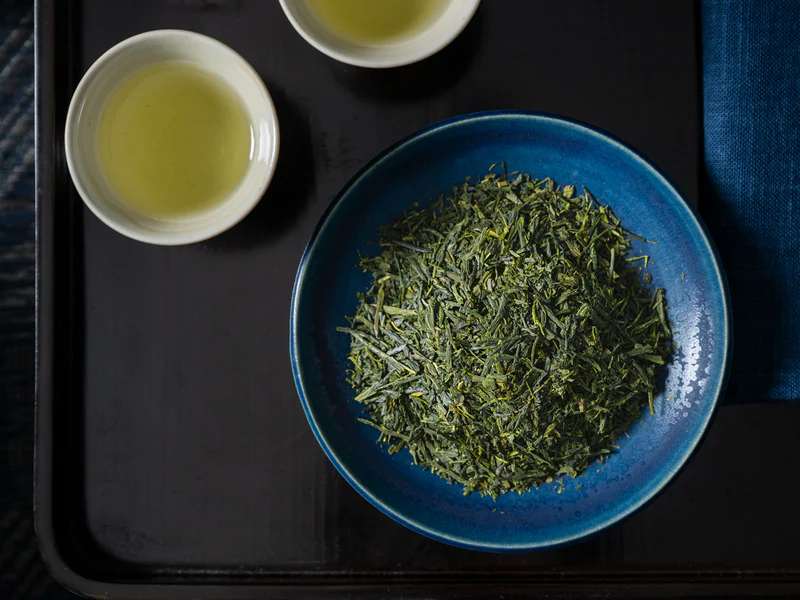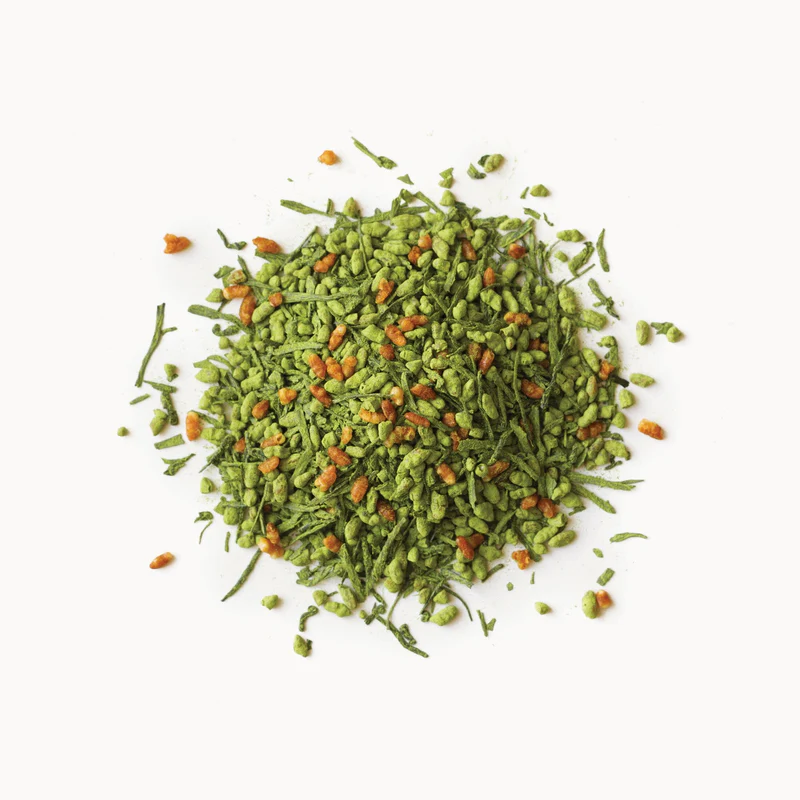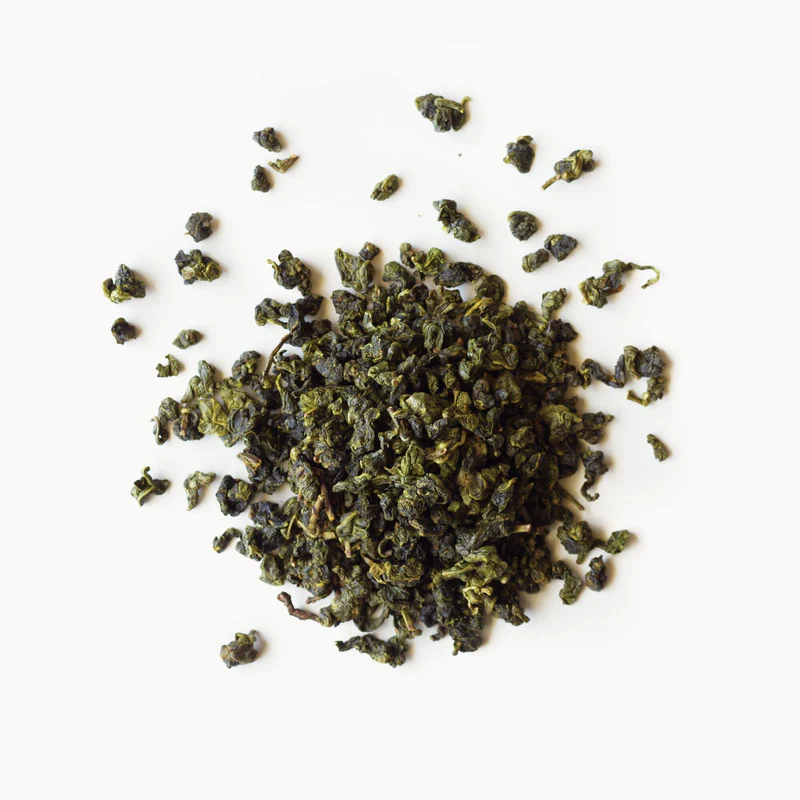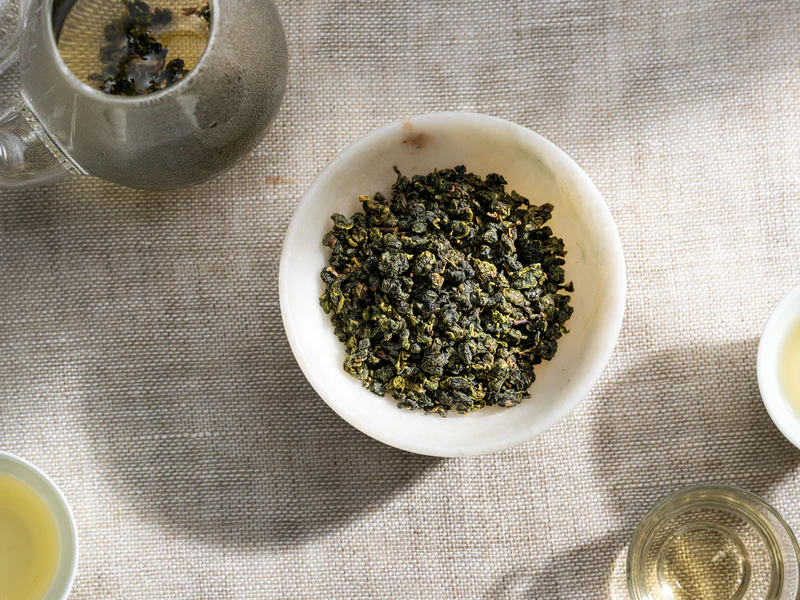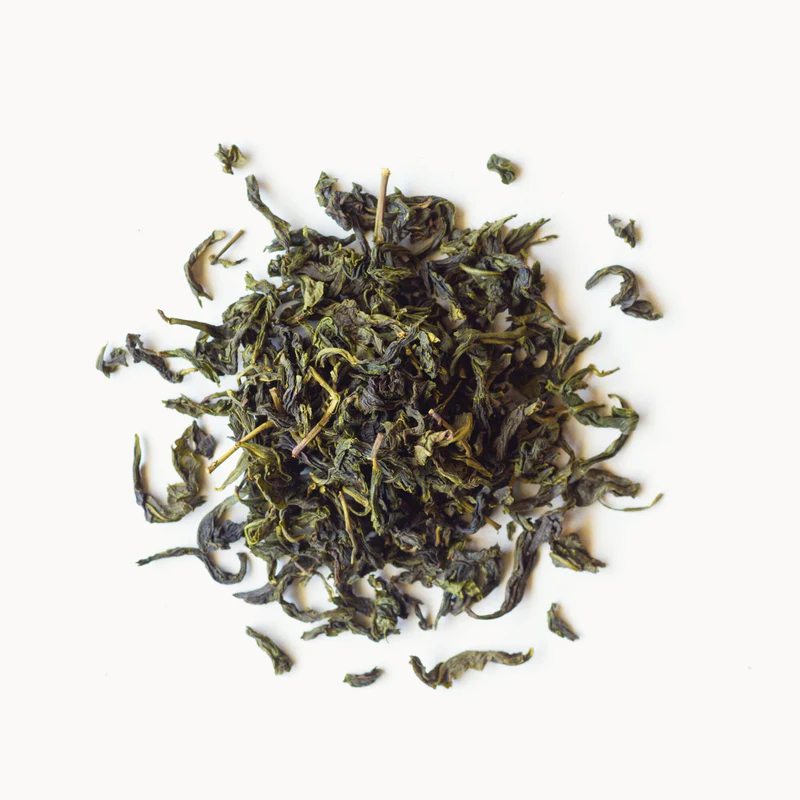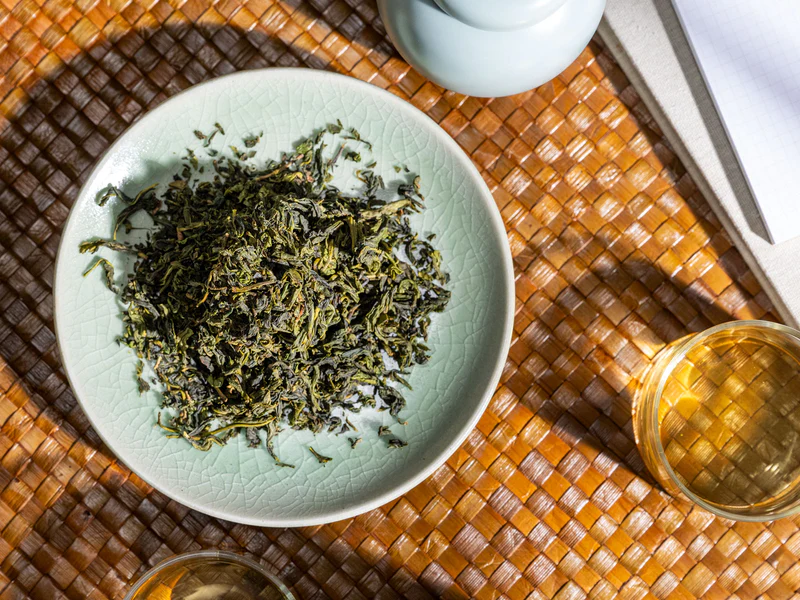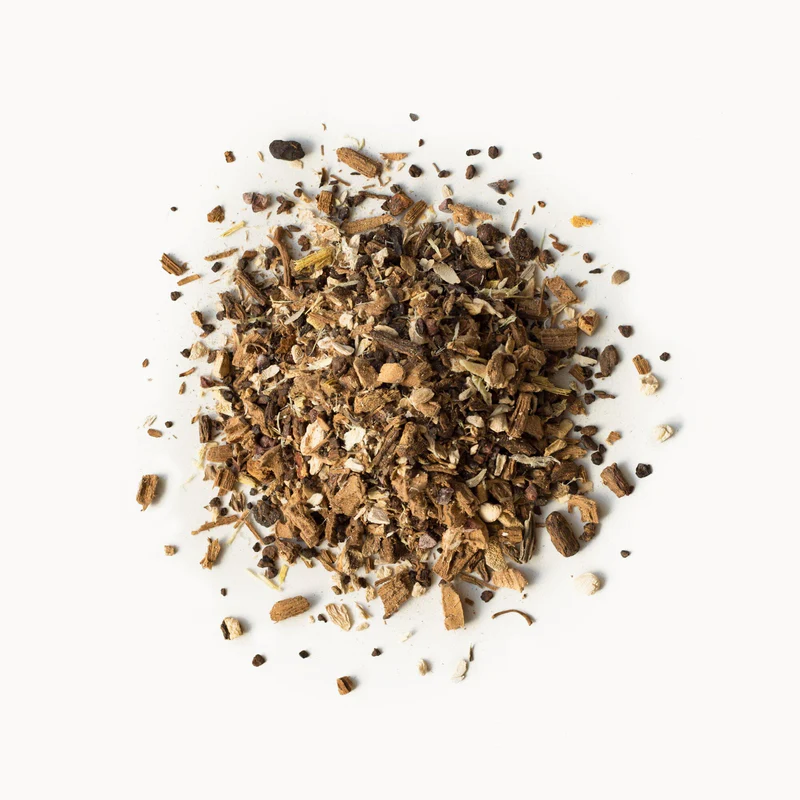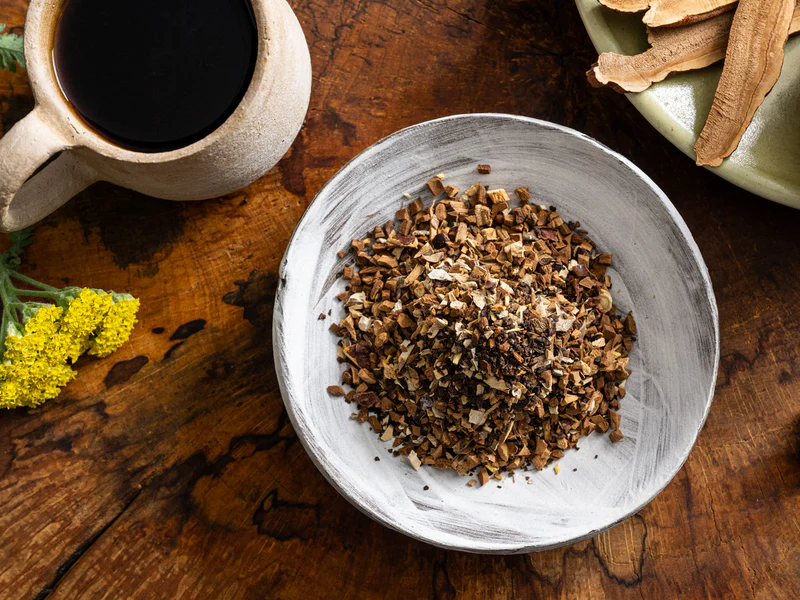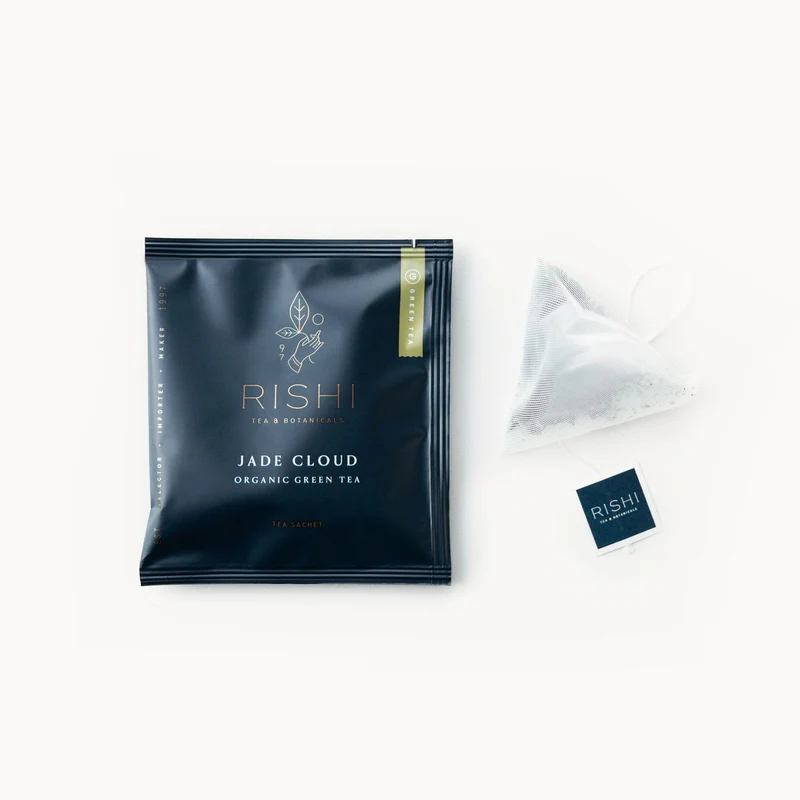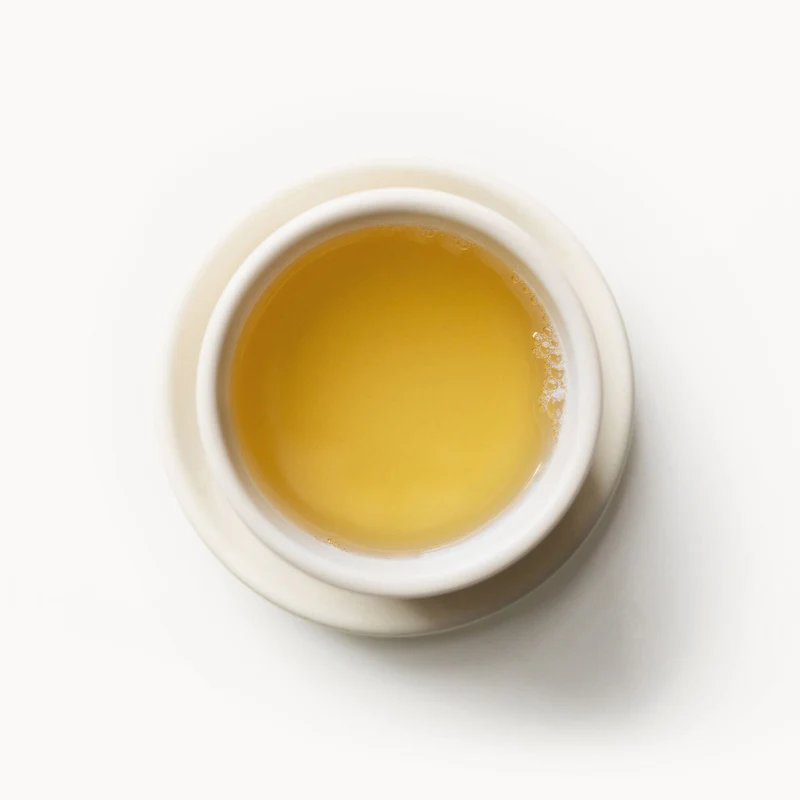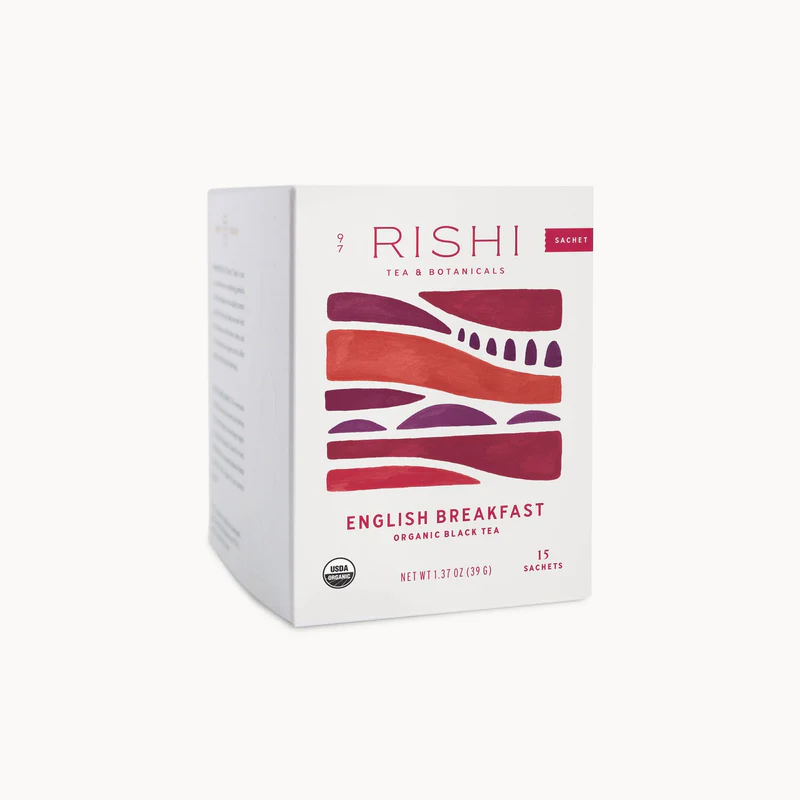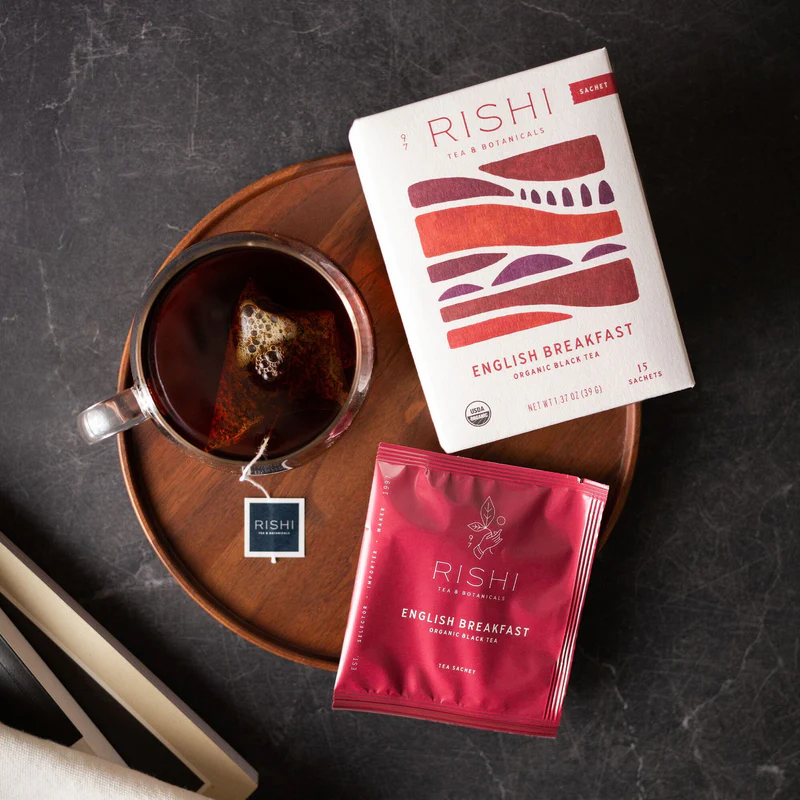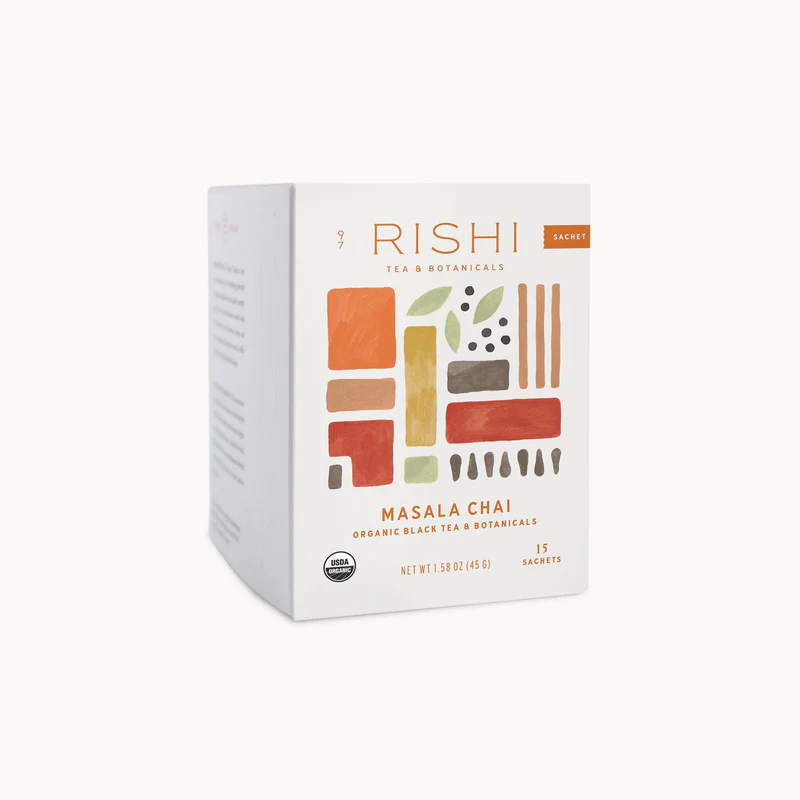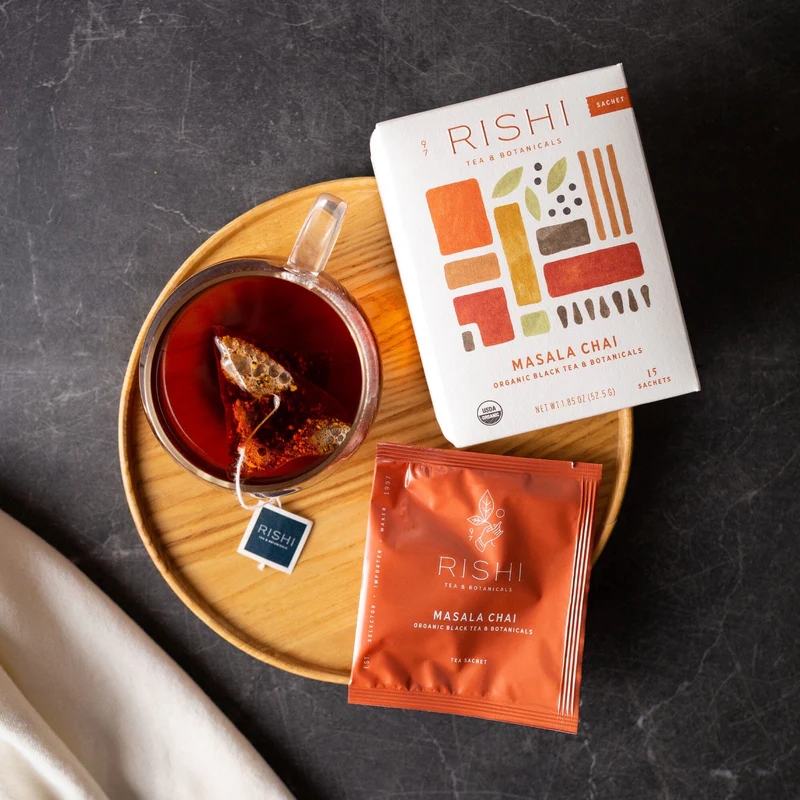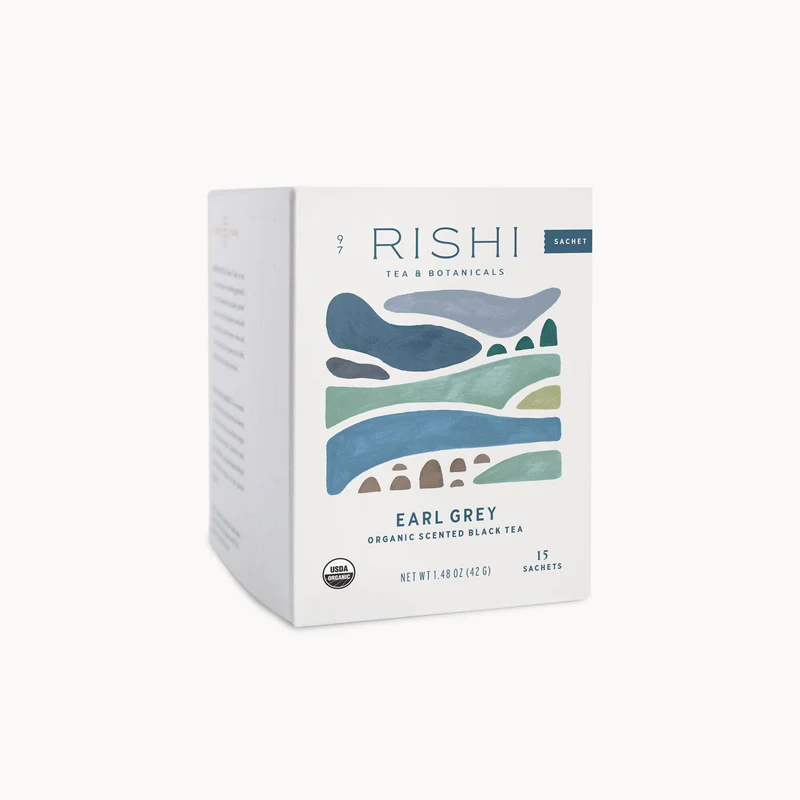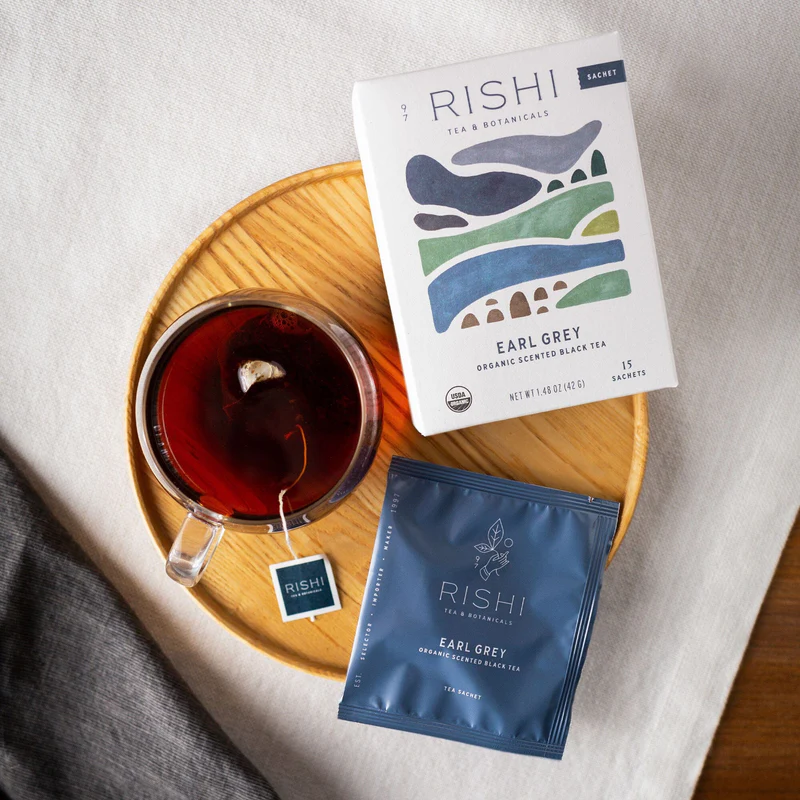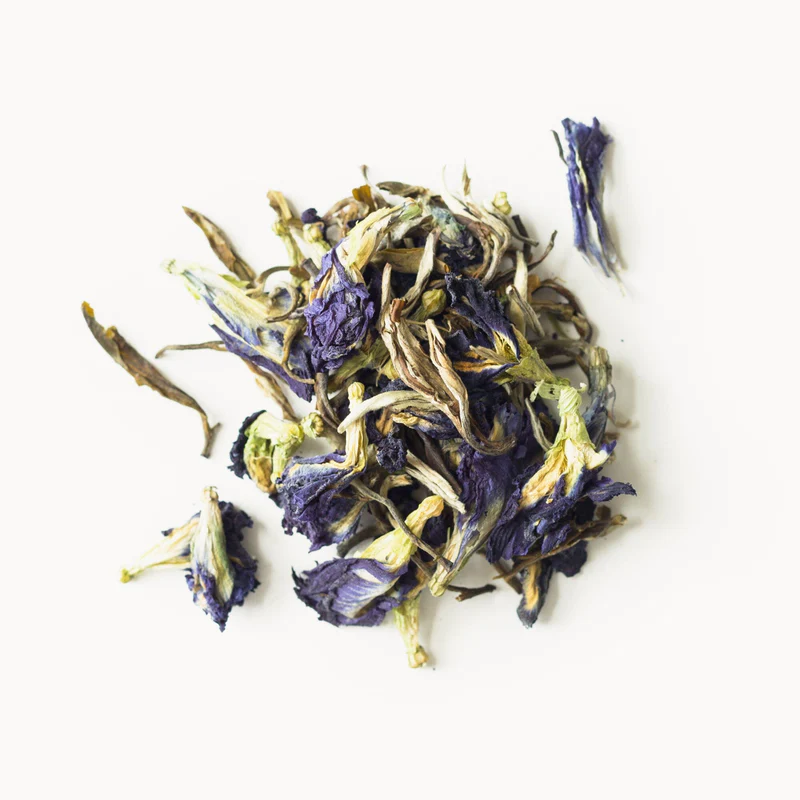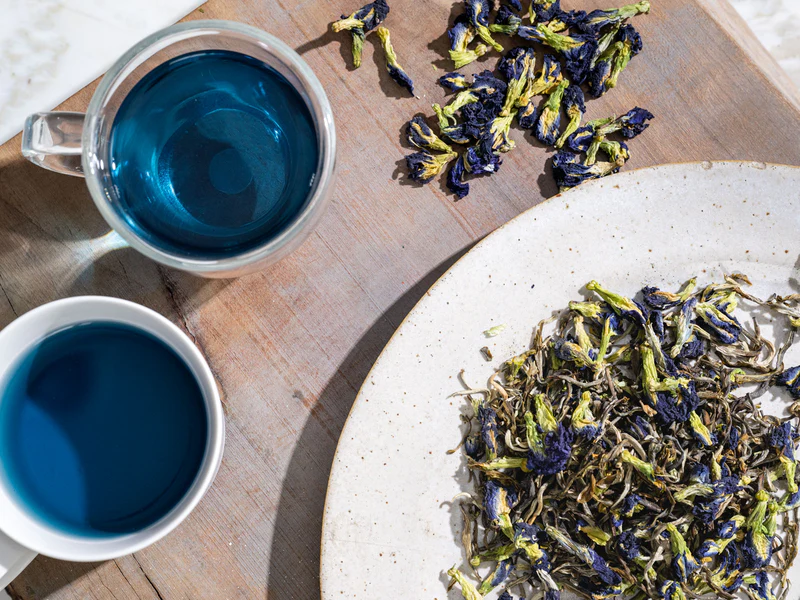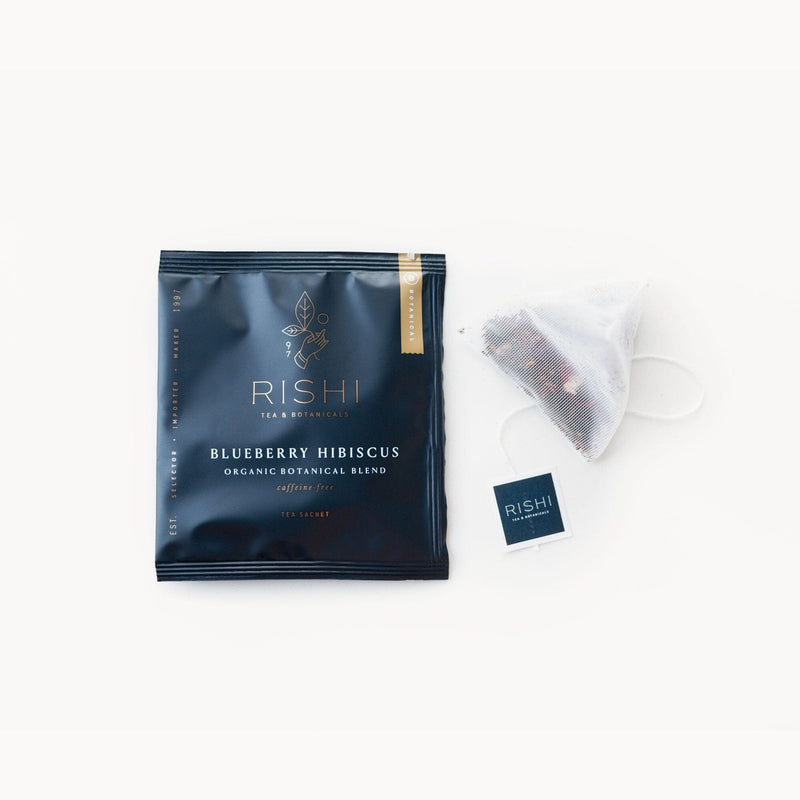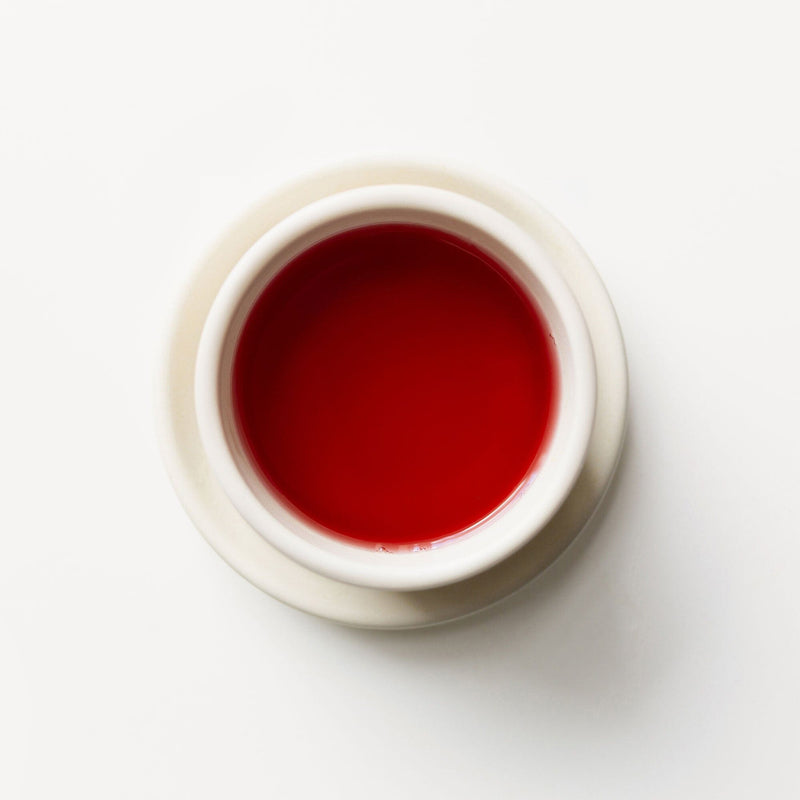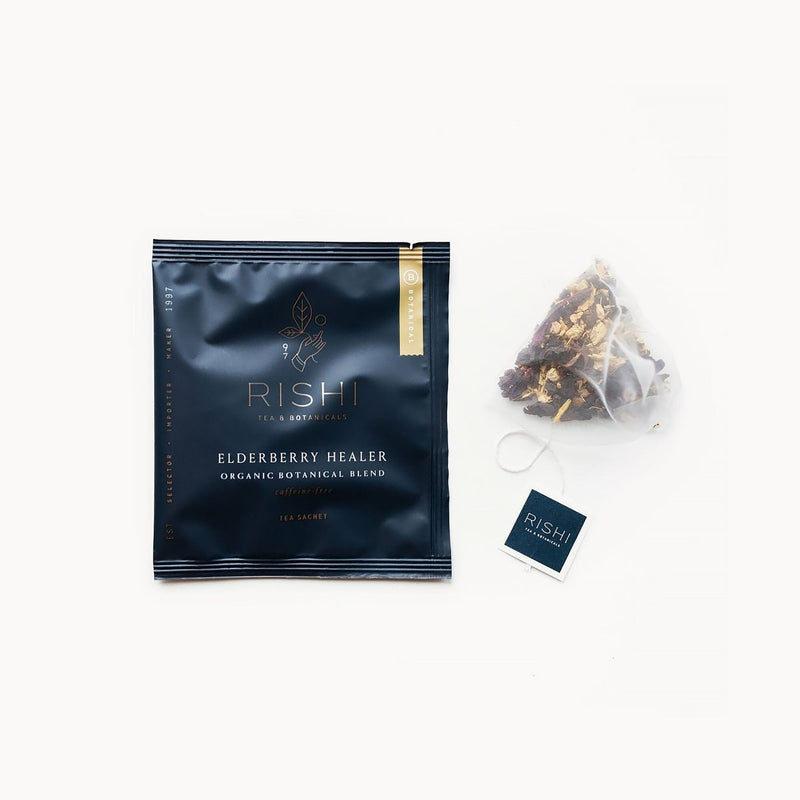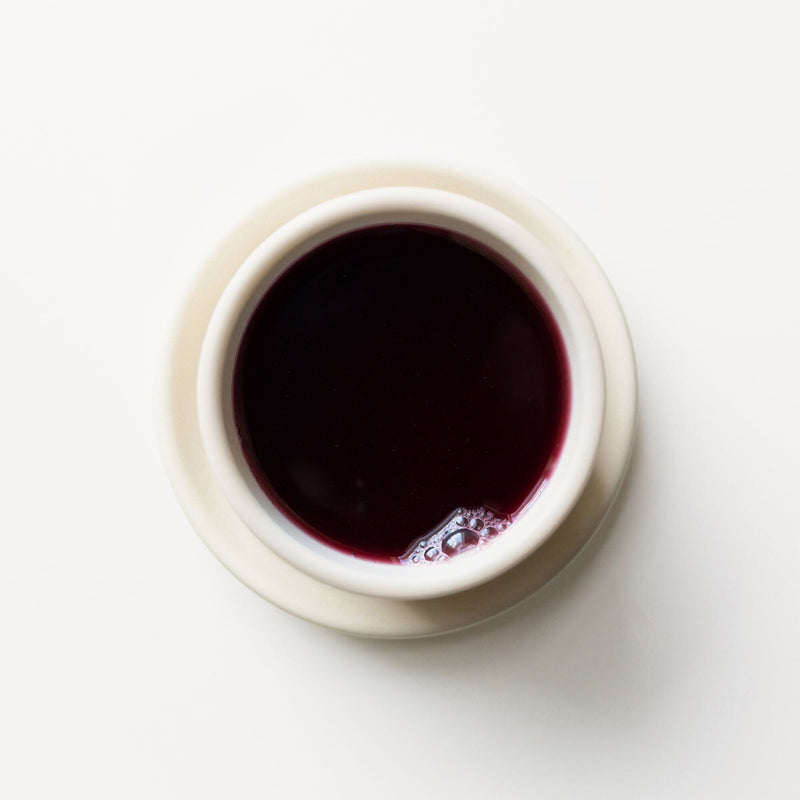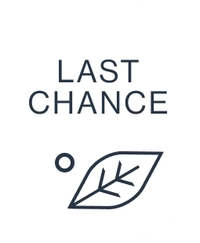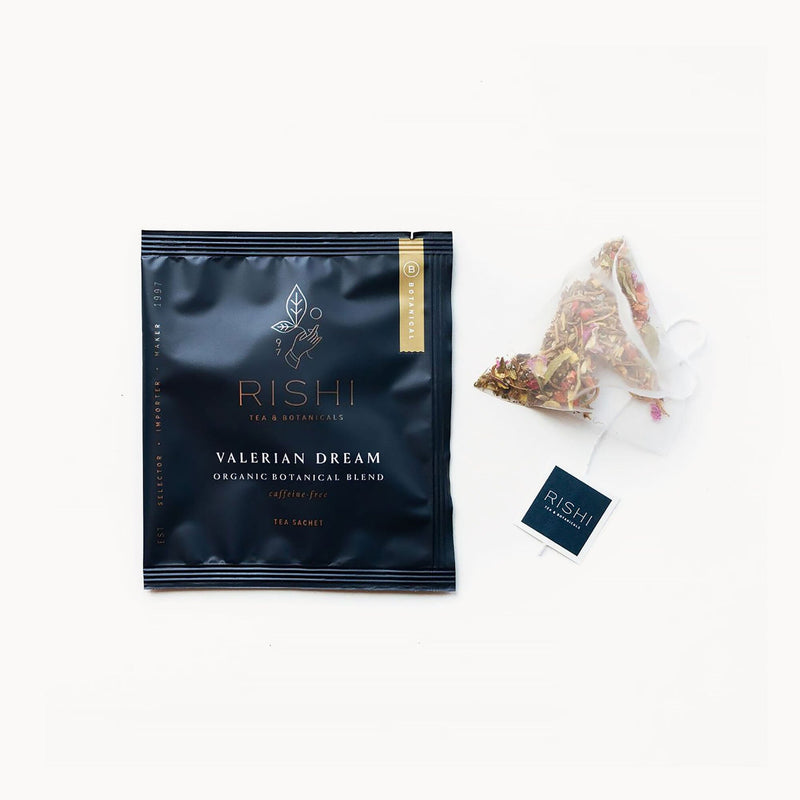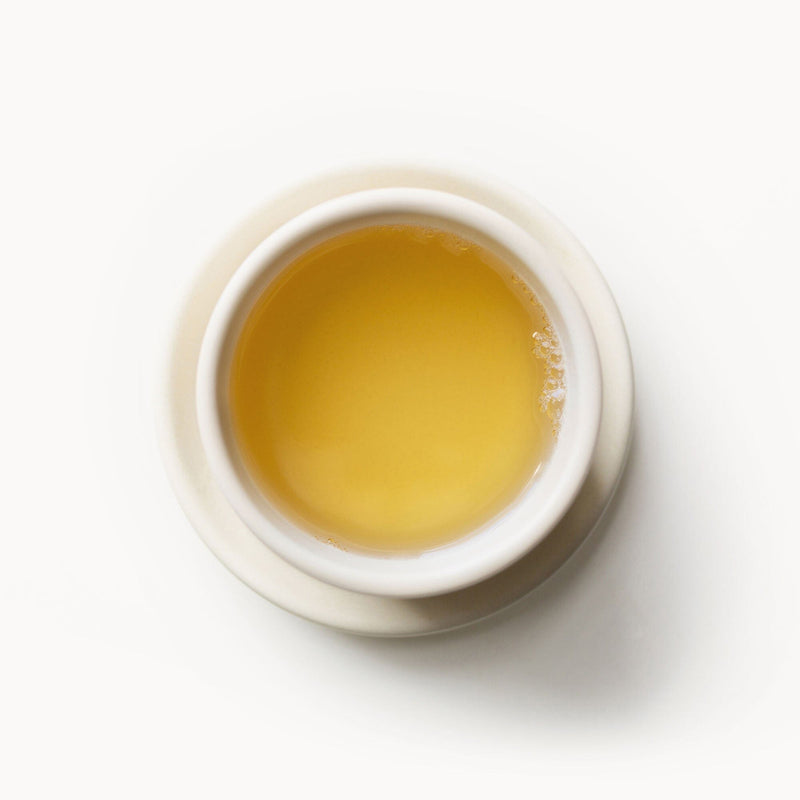-
•
- Summer Teas • Hibiscus
"Wow! Rich, satisfying tea that satisfies both my sweet and tangy tastes." - Michael O.
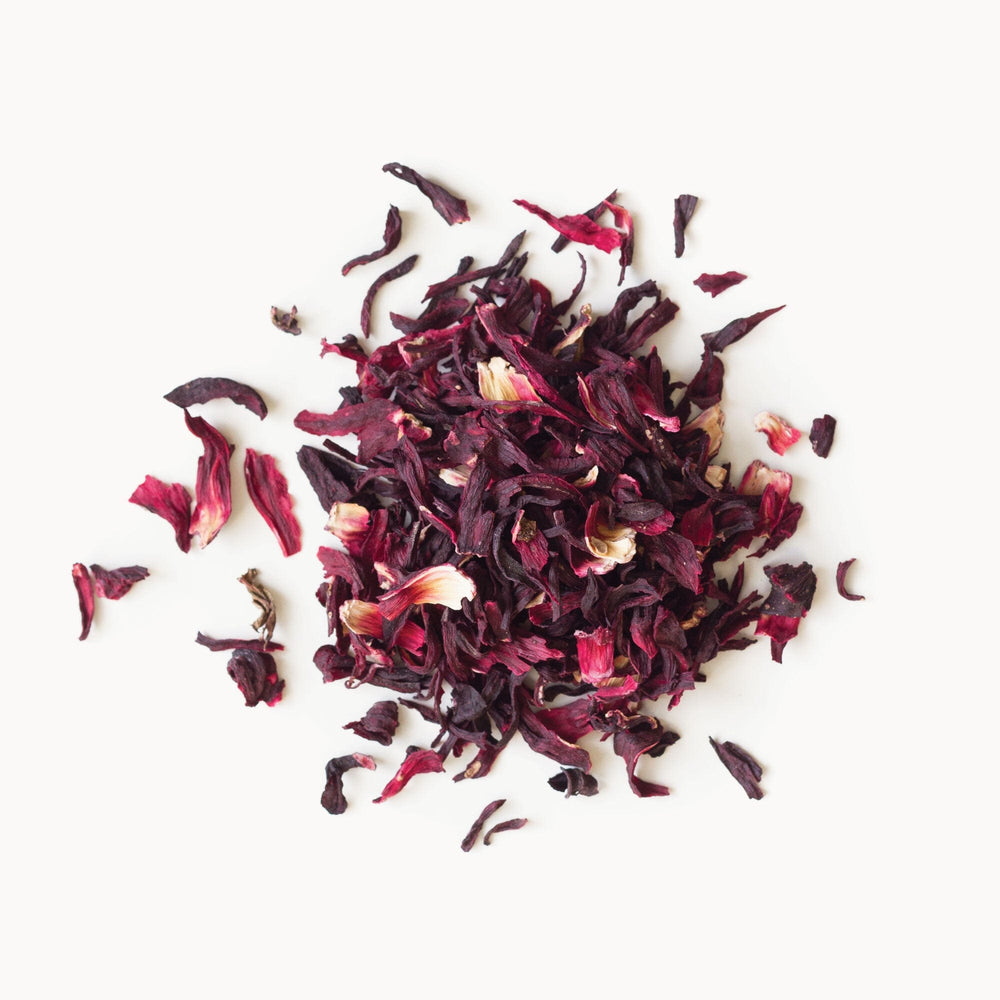
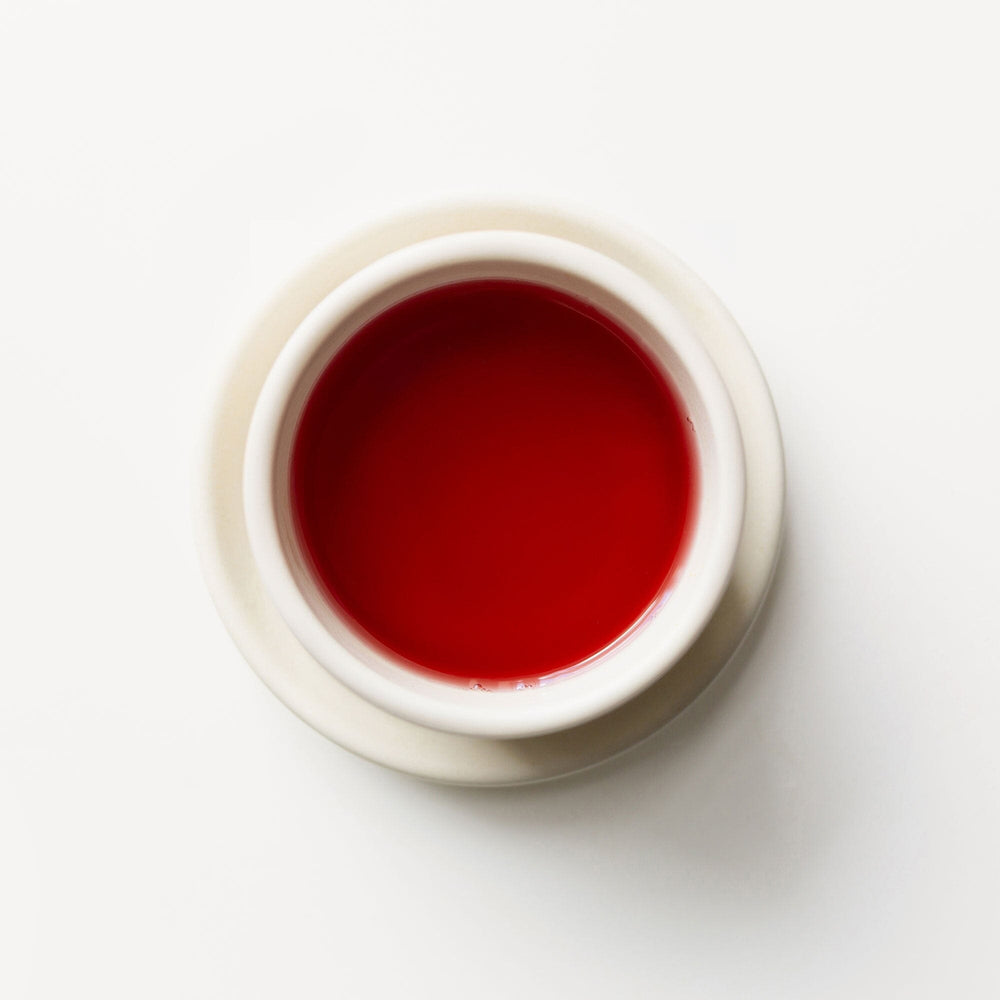
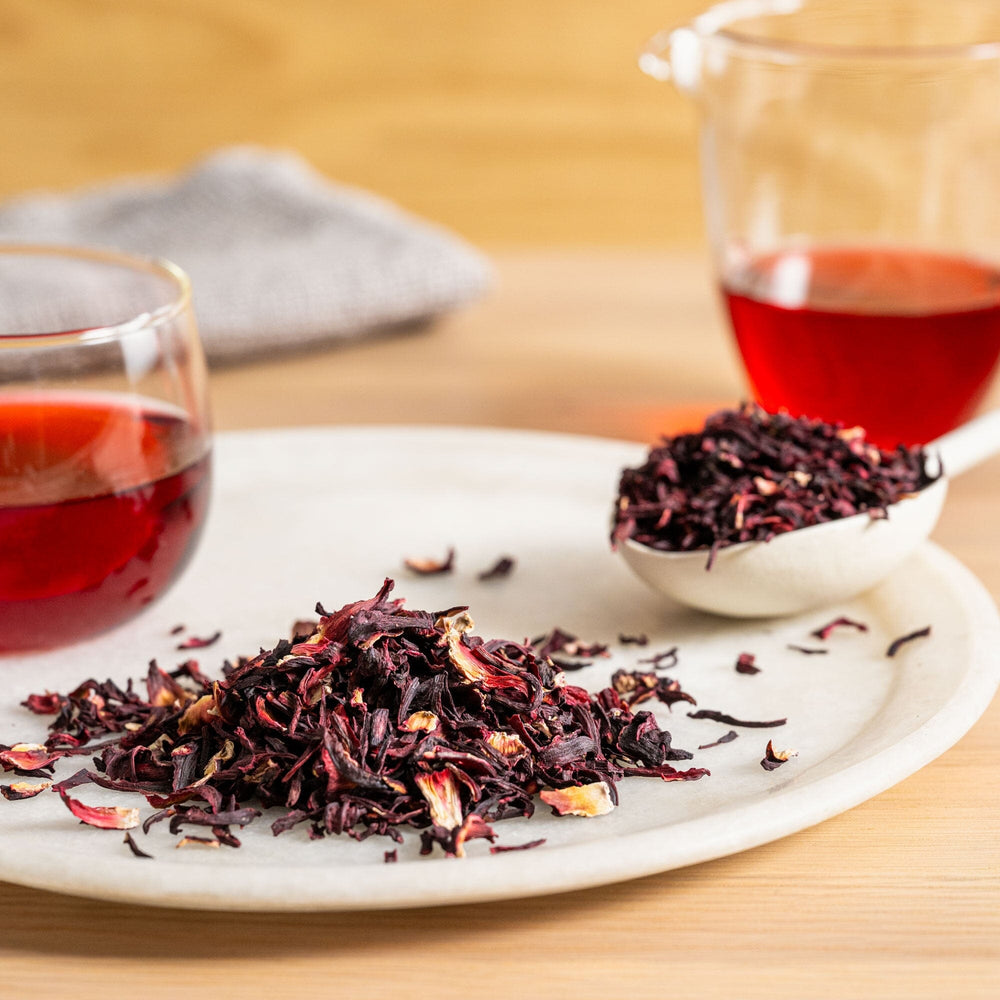



Hibiscus
Hibiscus makes a full-bodied, crimson colored infusion with a flavor similar to tart cranberry
About this tea
Unlike ornamental hibiscus flowers, it is the calyx of the shrubby Hibiscus sabdariffa plant that is used for making a tangy-sweet herbal tea that is equally delicious brewed hot or iced. Harvested by hand when plump and juicy, hibiscus makes a full-bodied, crimson colored infusion with a flavor similar to tart cranberry. Hibiscus loose leaf tea is used in numerous recipes by cultures spanning equatorial latitudes from Southeast Asia to the Caribbean.
Origin
El Faiyum, Egypt
Ingredients
Organic hibiscus flowers.
Precaution: Hibiscus flowers may be intercropped in fields that also grow peanuts. May contain peanut or peanut shell fragments. Caution for individuals with severe peanut allergies.
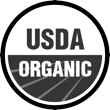

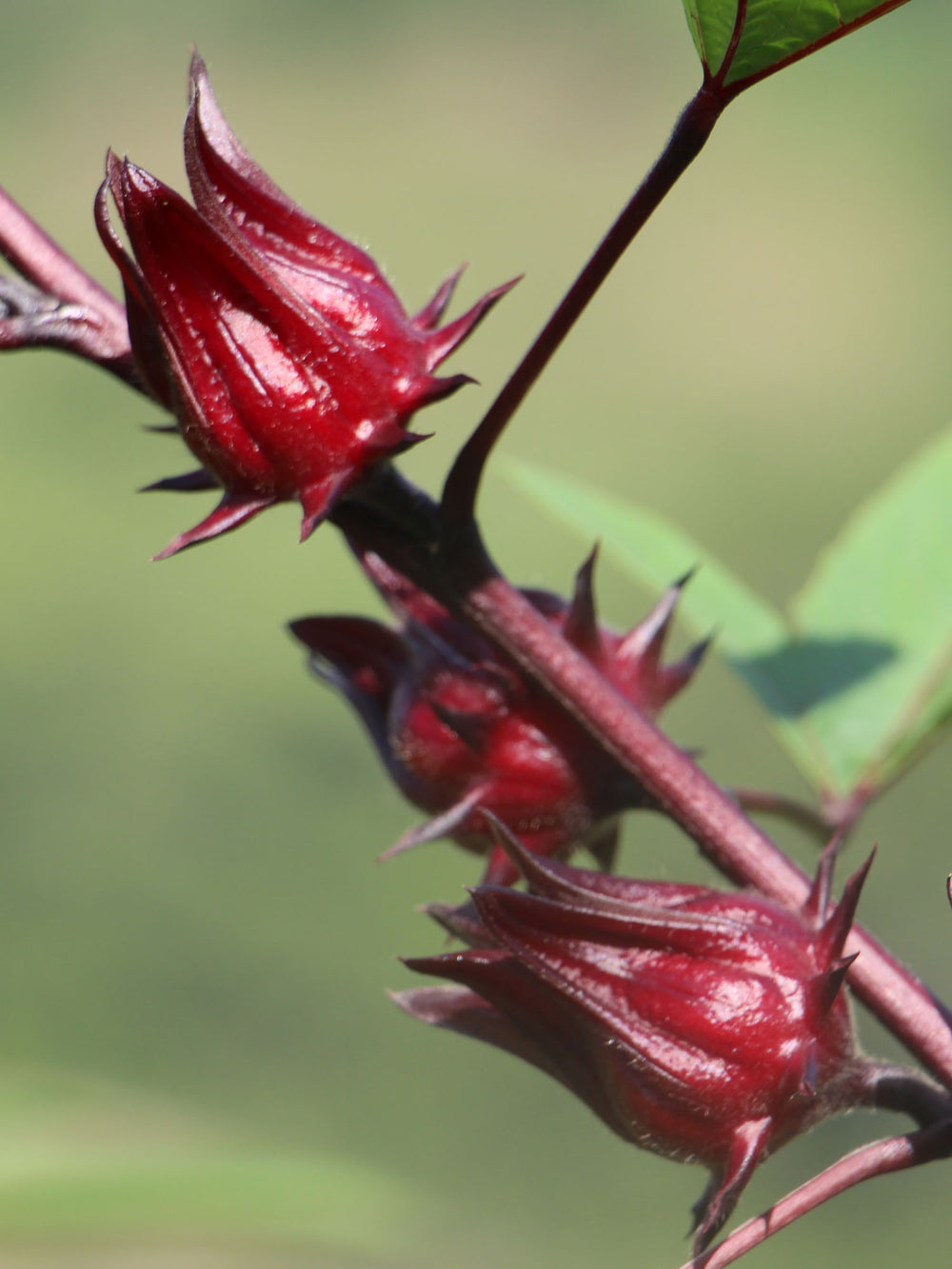
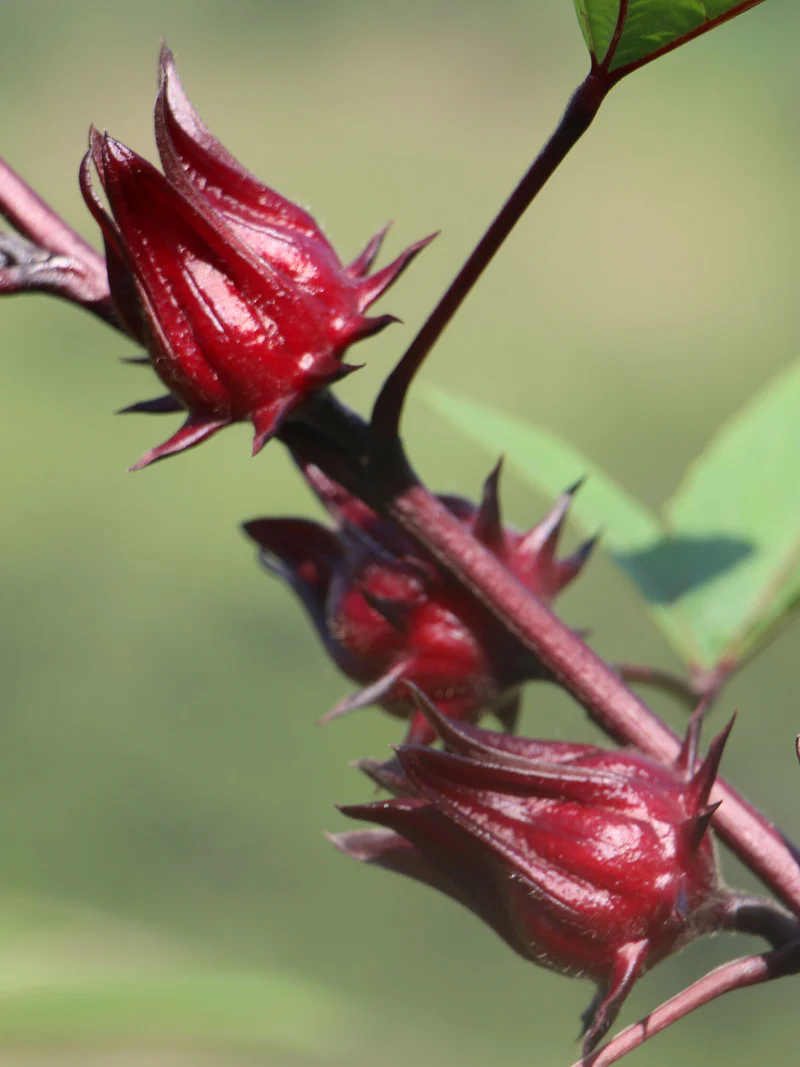
Ingredients
Organic hibiscus flowers.
Precaution: Hibiscus flowers may be intercropped in fields that also grow peanuts. May contain peanut or peanut shell fragments. Caution for individuals with severe peanut allergies.


Origin
El Faiyum, Egypt
Caffeine Level
None
Based on a 8oz cup of tea made with suggested steeping method relevant to the tea type. An average cup of coffee contains about 90 – 120 mg / 8oz cup.
0 MG
100 MG
Preparation
- Imperial
- Metric
Add 12 ounces of boiling water to 1.5 tablespoons of tea and allow to steep for about 5 minutes. Serve hot, over ice, or cold brew using cold water.

Teaware
Everything You
Need to Brew the
Perfect Cup
Everything You Need to
Brew the Perfect Cup
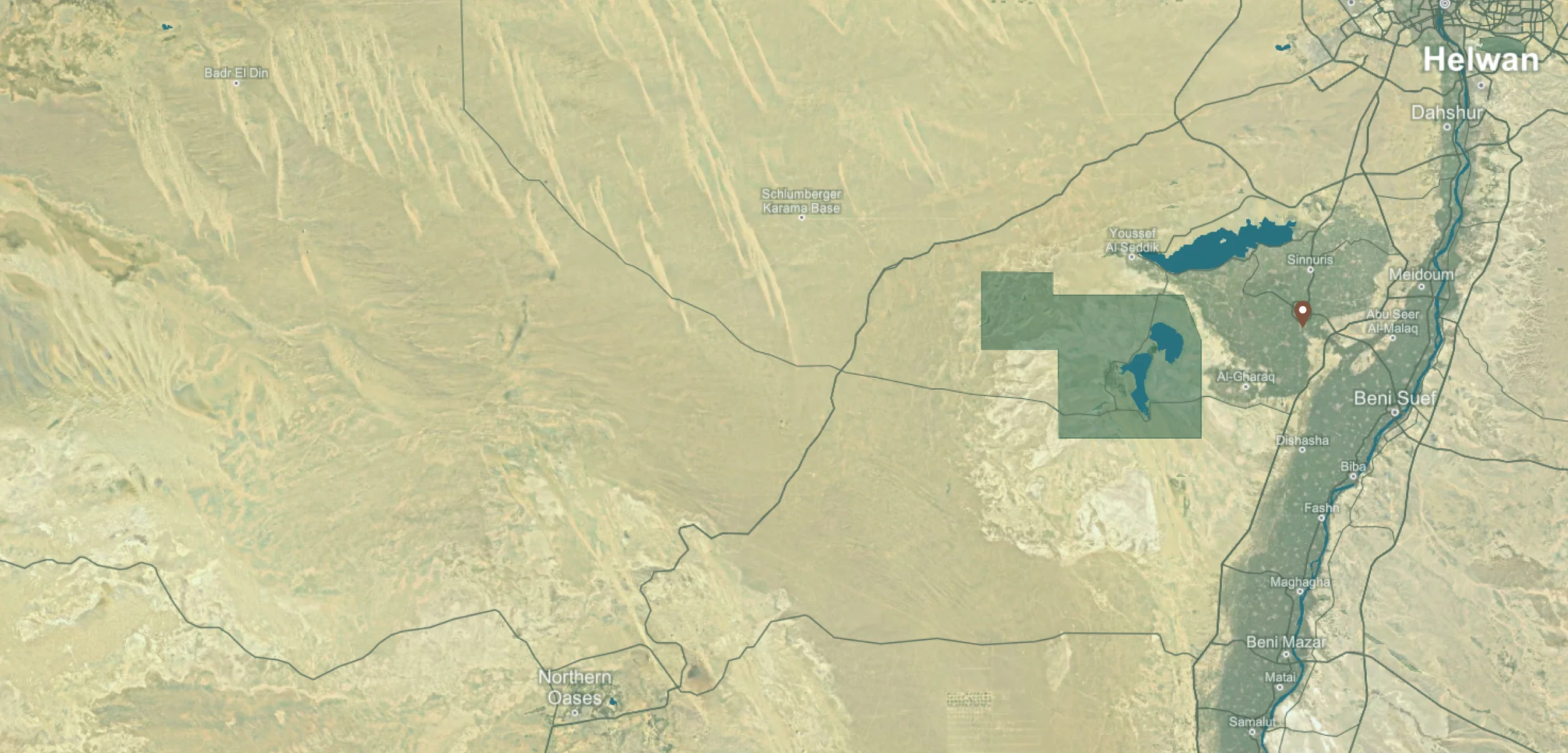
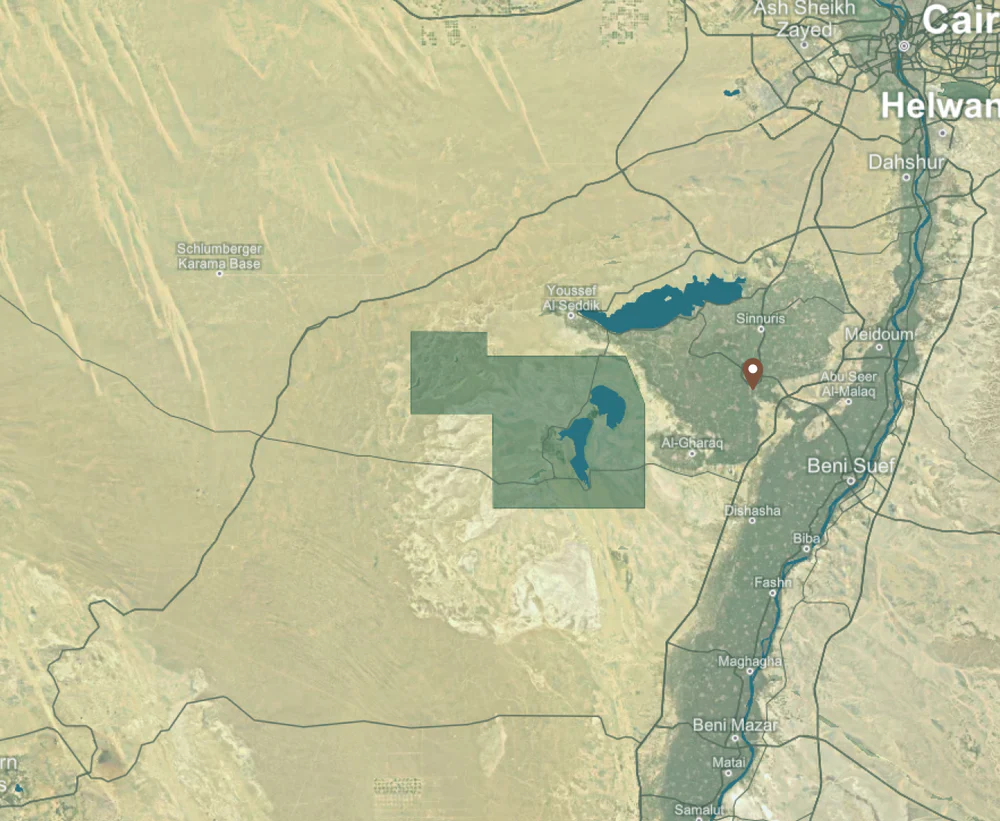
Origin: Hibiscus
El Faiyum
Egypt
"Native to Africa and Asia, Hibiscus Sabdariffa is also known as “Hibiscus Roselle” and is one of the most common and refreshing herbal teas consumed throughout Africa, The Americas, The Middle East and Asia. In Burma and Thailand , the tangy leaves are used in salads while the calyx pods, are sun-dried and used fro making juices , herbal teas, liquors, sodas, marmalades, pickles and candies. Hibiscus has a tart and fruity taste that reminds one of cranberries, citrus and tropical punch."
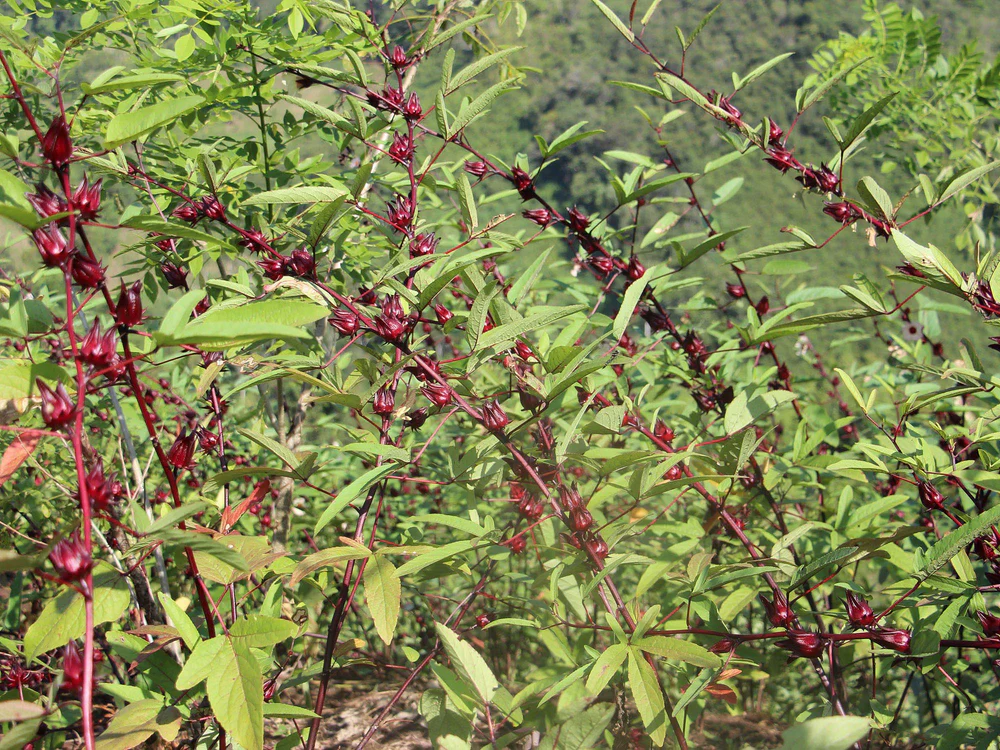
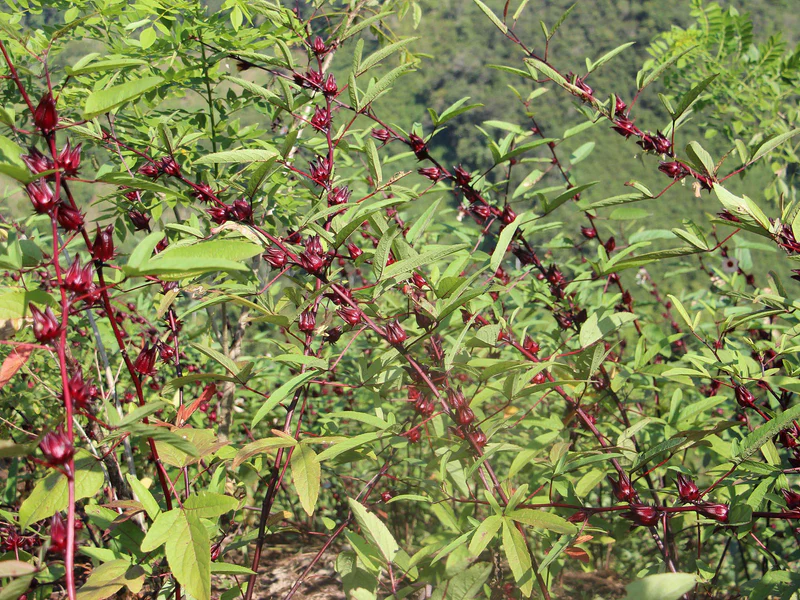
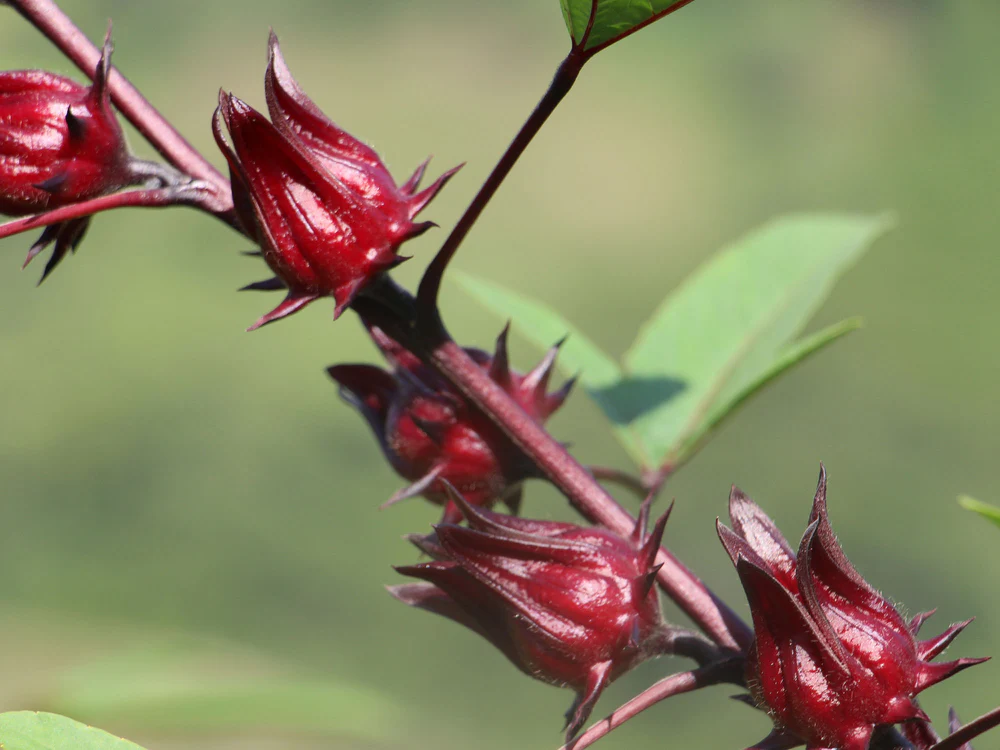
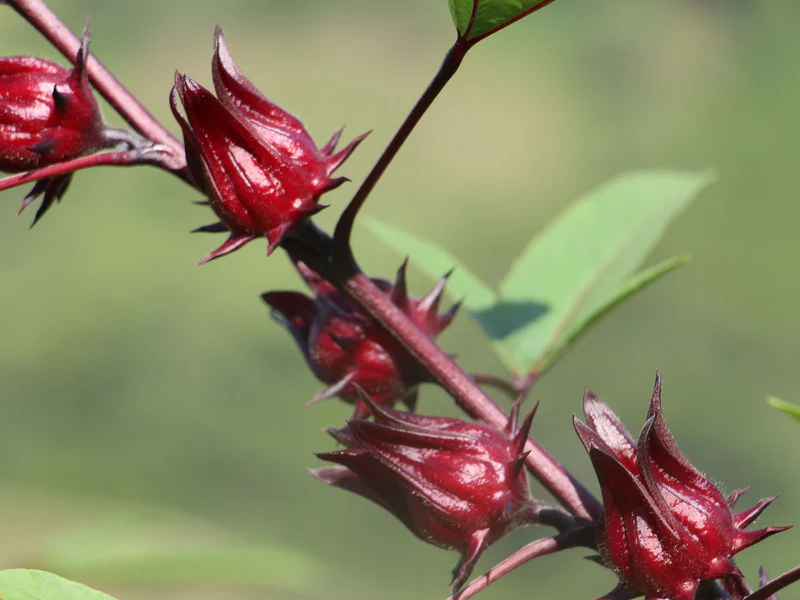
Customer Favorites
FAQs
Is hibiscus tea a herbal tea?
Hibiscus flower tea is considered a herbal tea because it does not originate from the Camellia sinensis plant. Instead, the calyx from the flower is used to create the tea.
Does hibiscus tea taste better hot or cold?
The flavors of hibiscus tea are released more quickly using hot water compared to cold brewing. Fans of hibiscus find a hot cup comforting and more tangy, but serving this tea over ice offers a refreshing beverage. Ultimately, based on your preference (and possibly the weather), both ways are enjoyable.
Is it good to drink hibiscus tea at night?
Hibiscus loose leaf tea is a caffeine-free herbal blend that naturally contains melatonin. Unlike caffeinated drinks that keep you alert, hibiscus may help you relax to enjoy more restful sleep. The soothing aromas and flavors make it the perfect nightcap.
What is the best way to enjoy hibiscus flower tea?
Relax with the tangy-sweet refreshment of hibiscus loose leaf tea. For a touch of extra zing, add a slice of lemon to enhance the tartness. Or, if you prefer a sweeter cup, adding a teaspoon of honey complements the berry flavors beautifully.
 Best Sellers
Best Sellers


